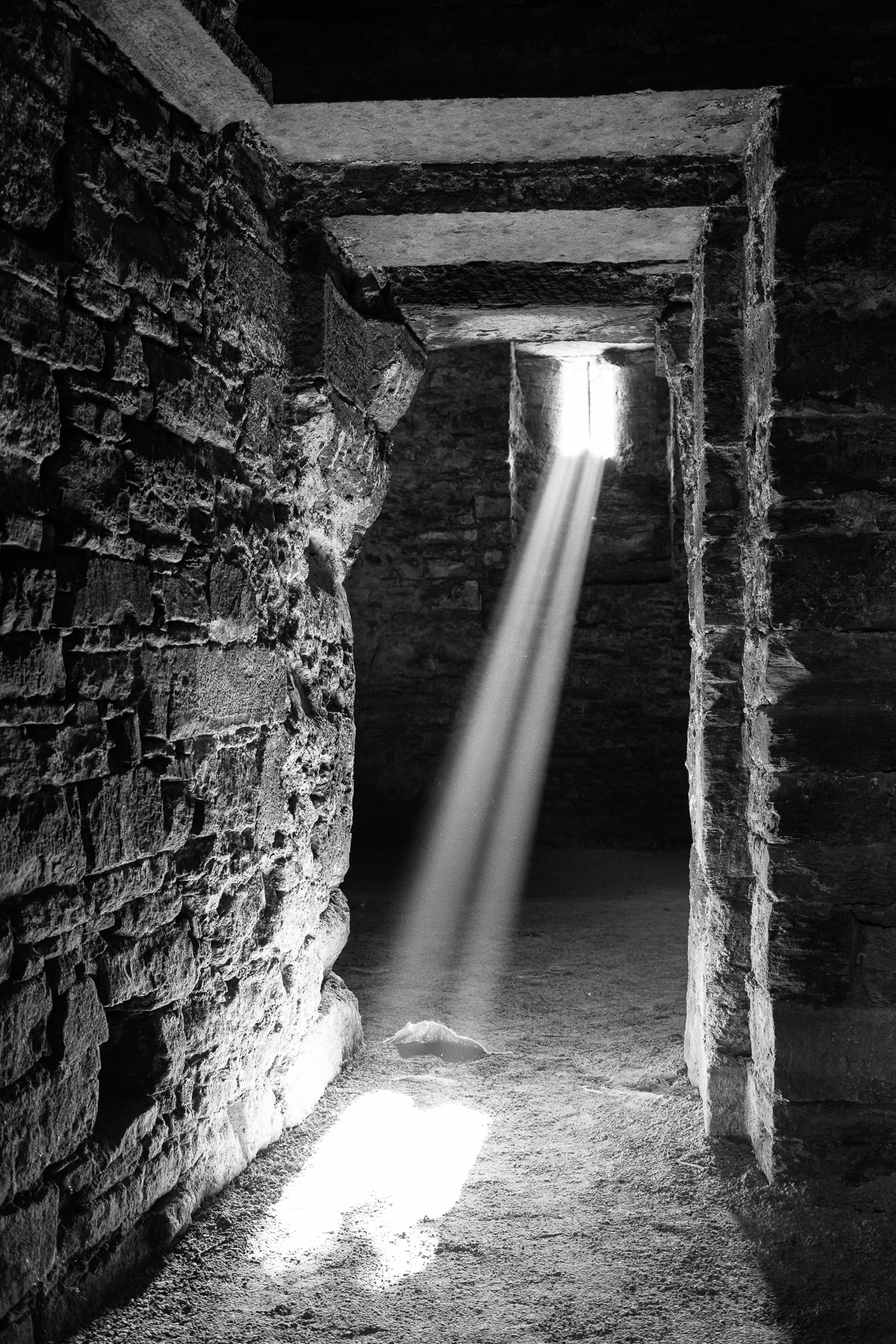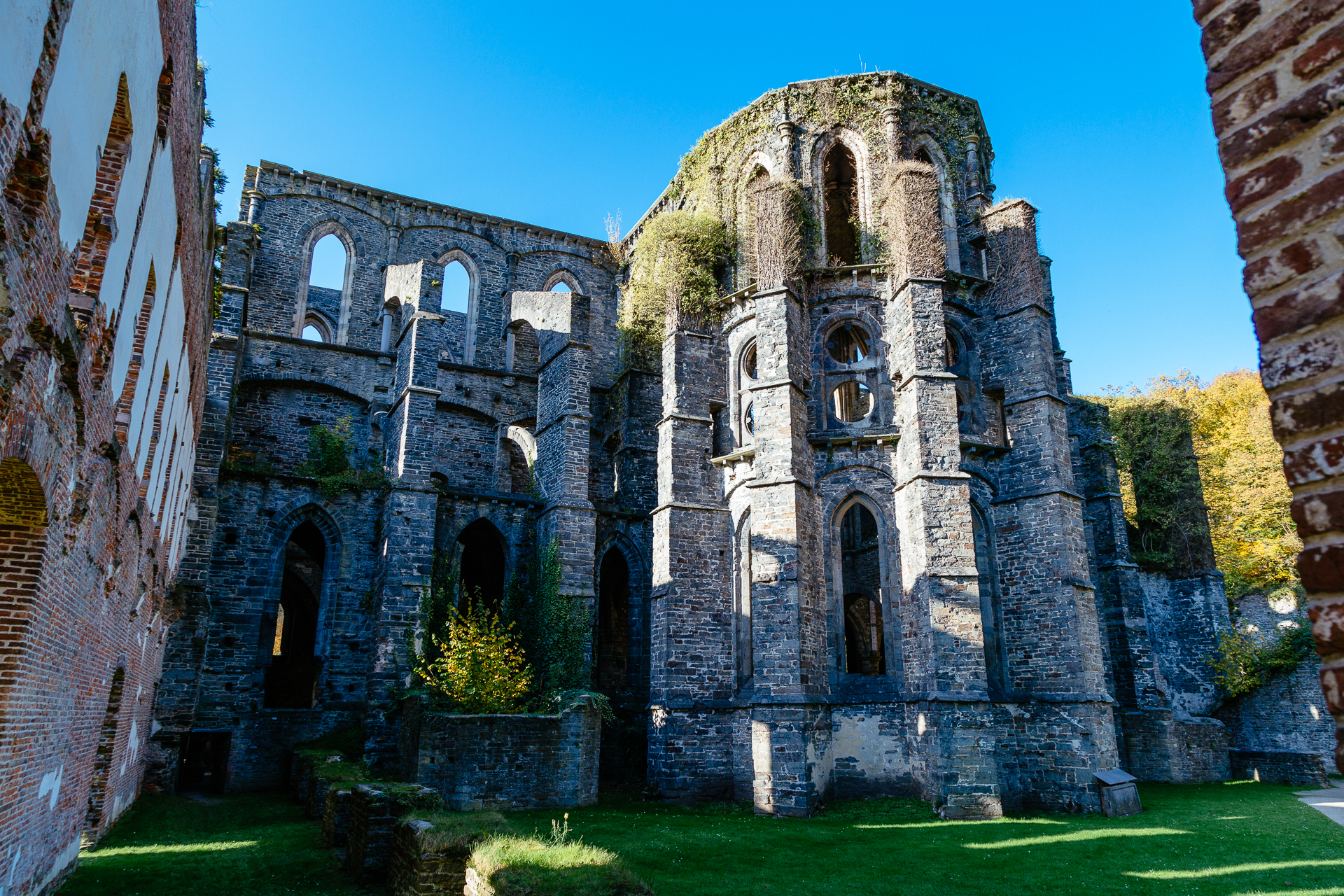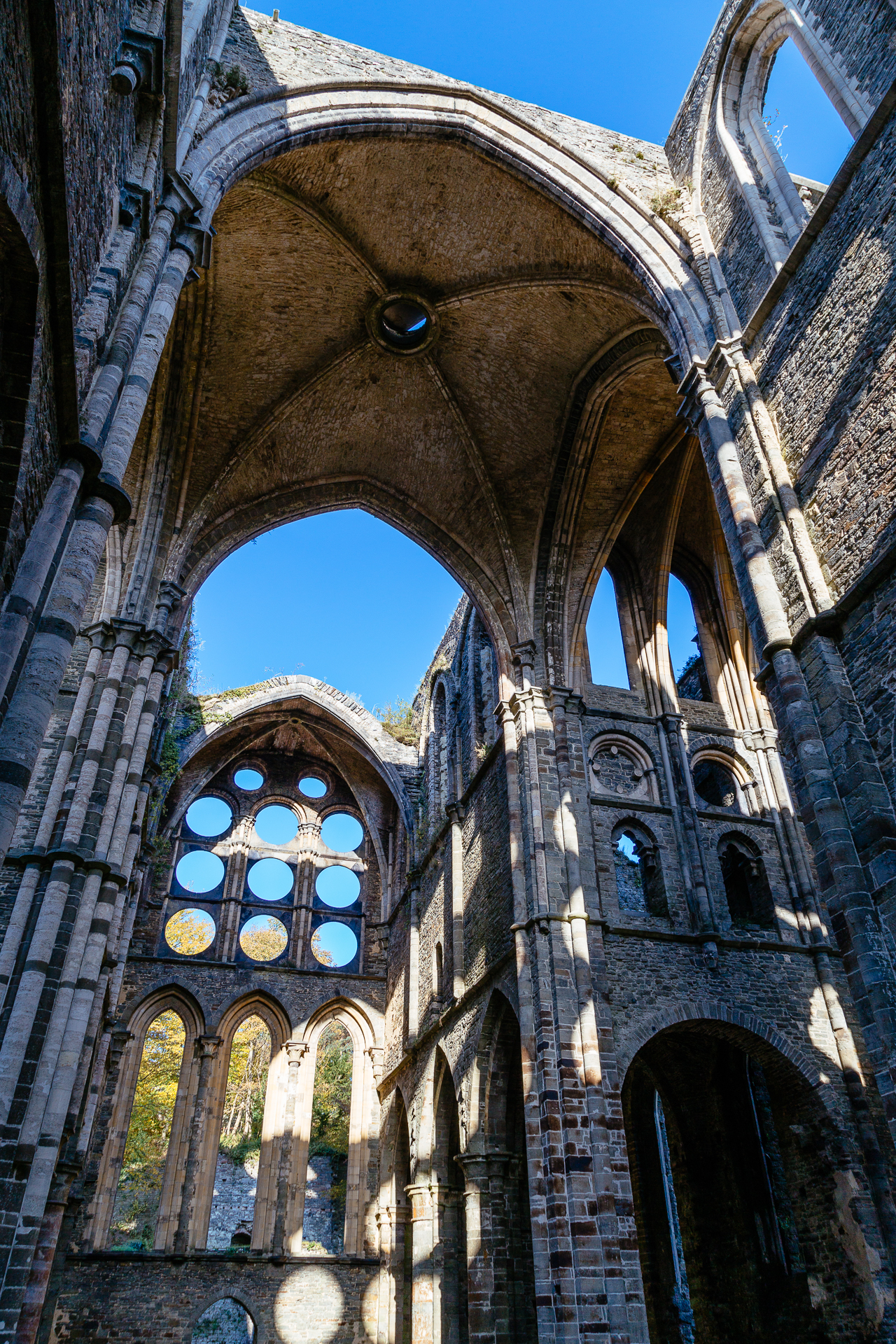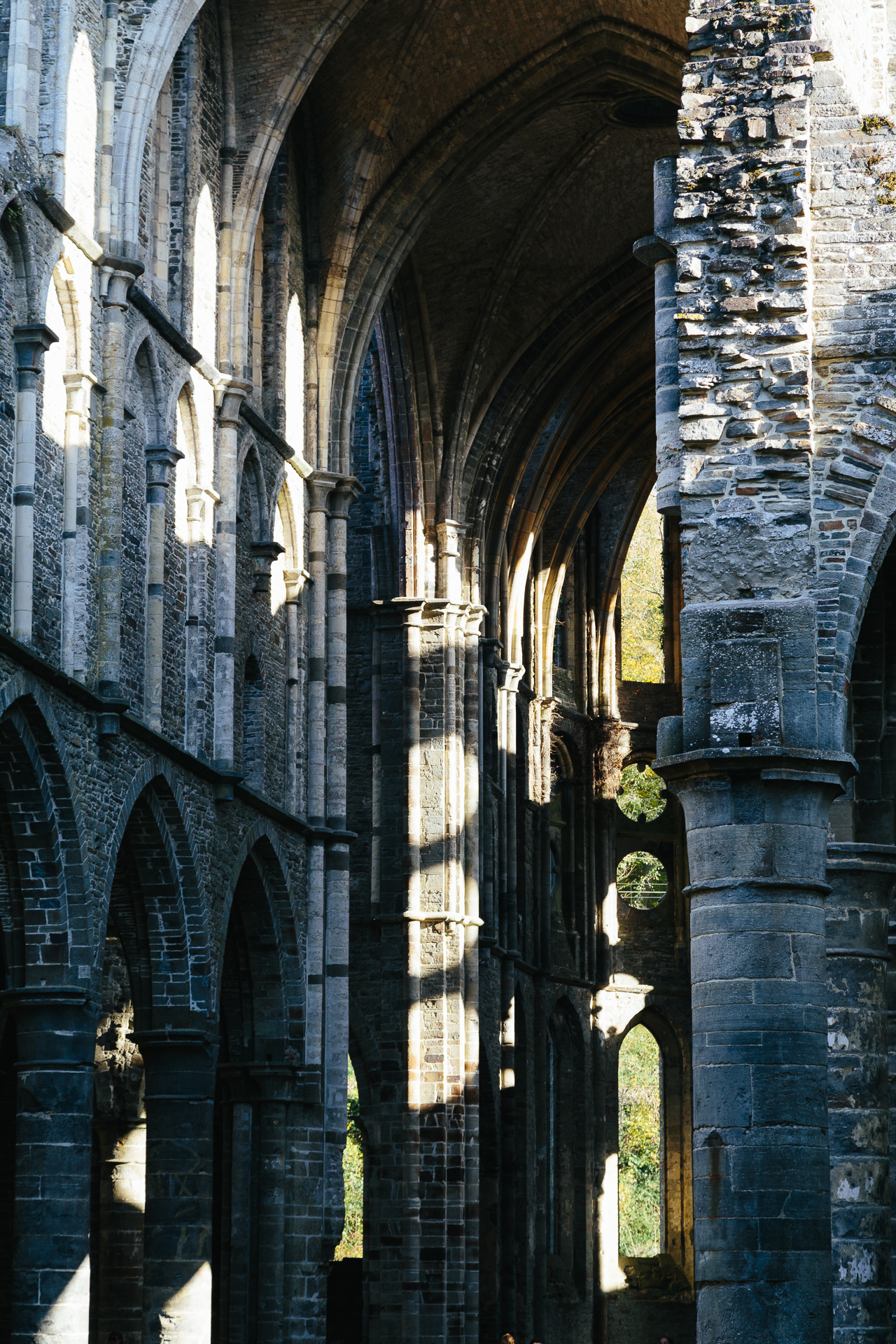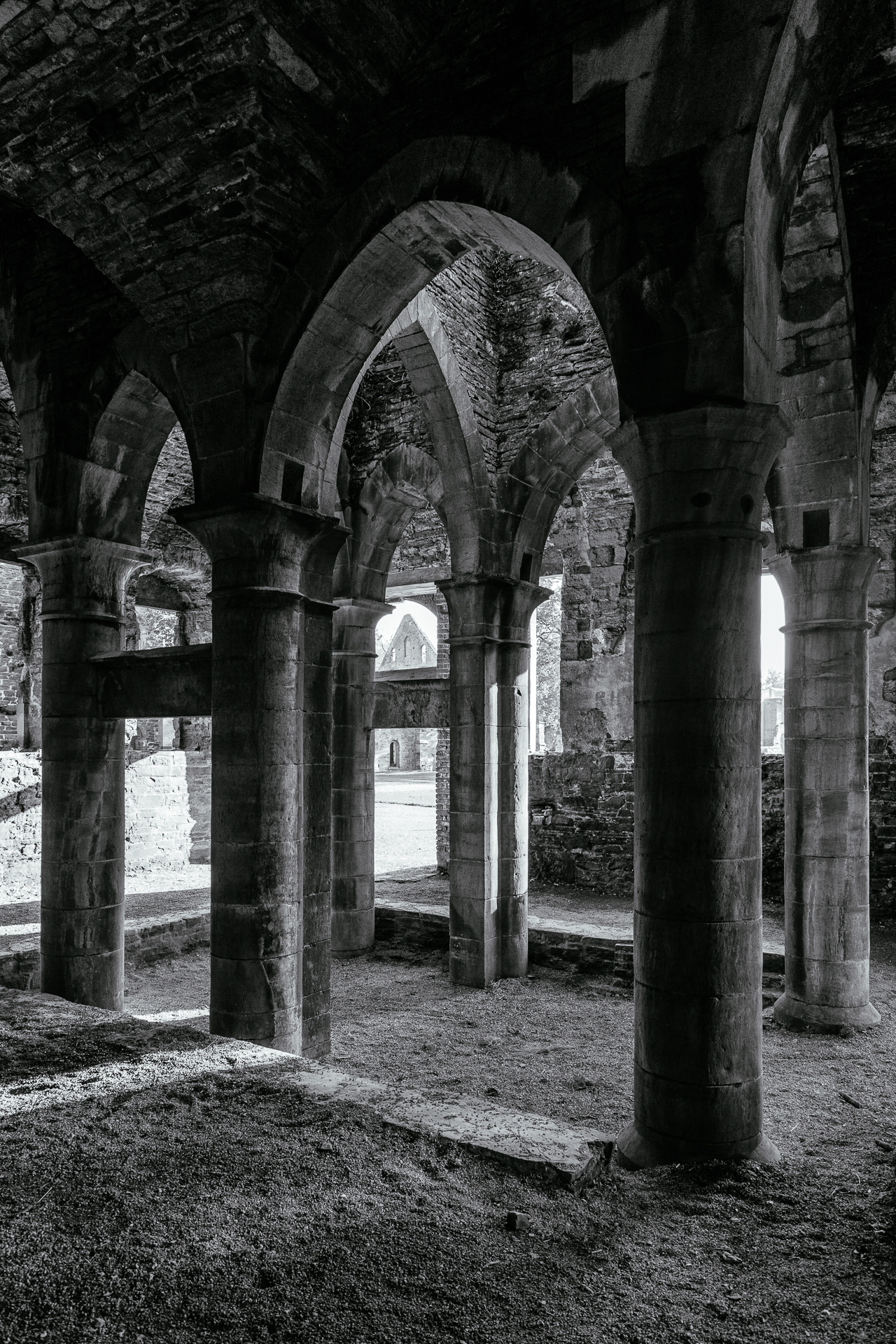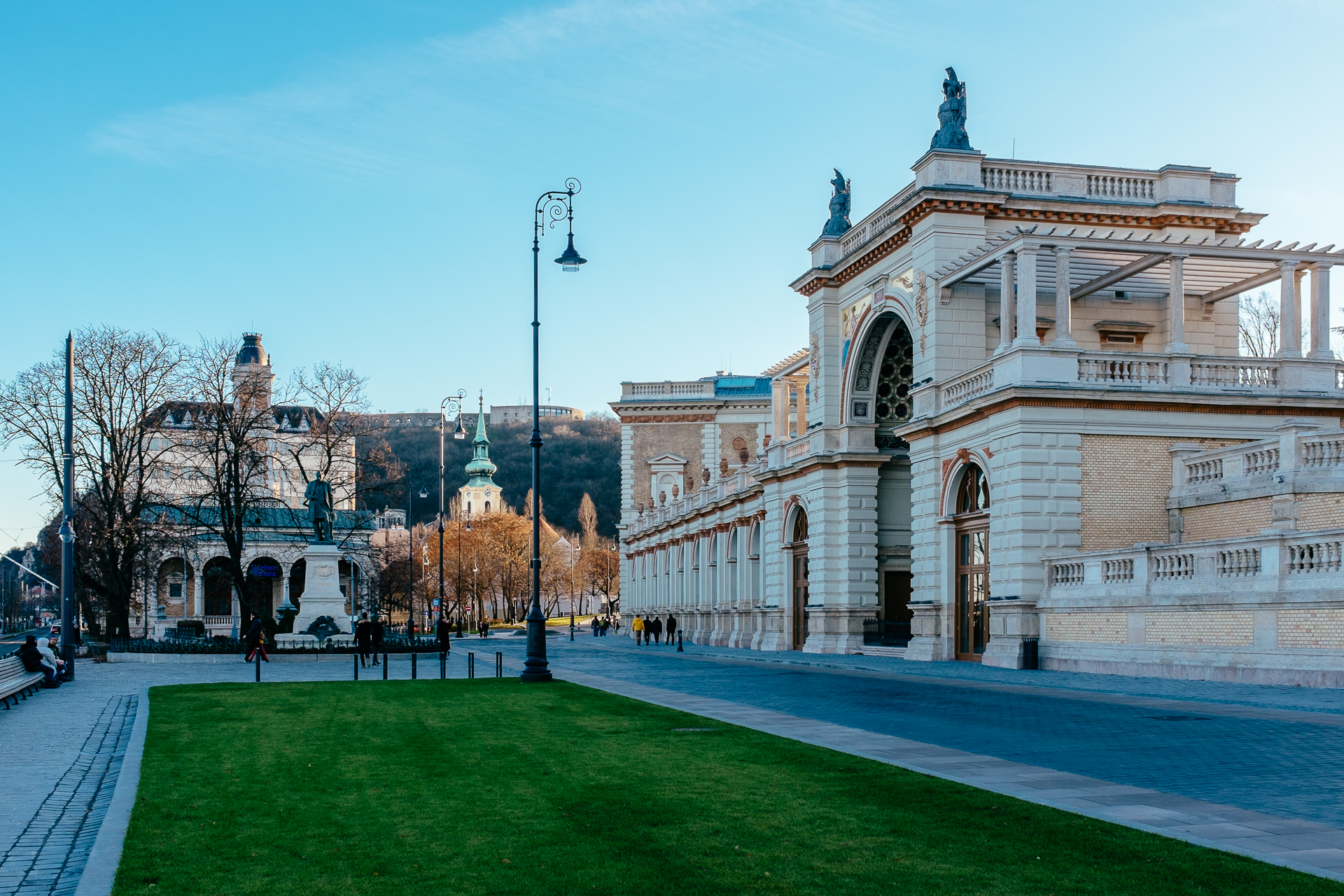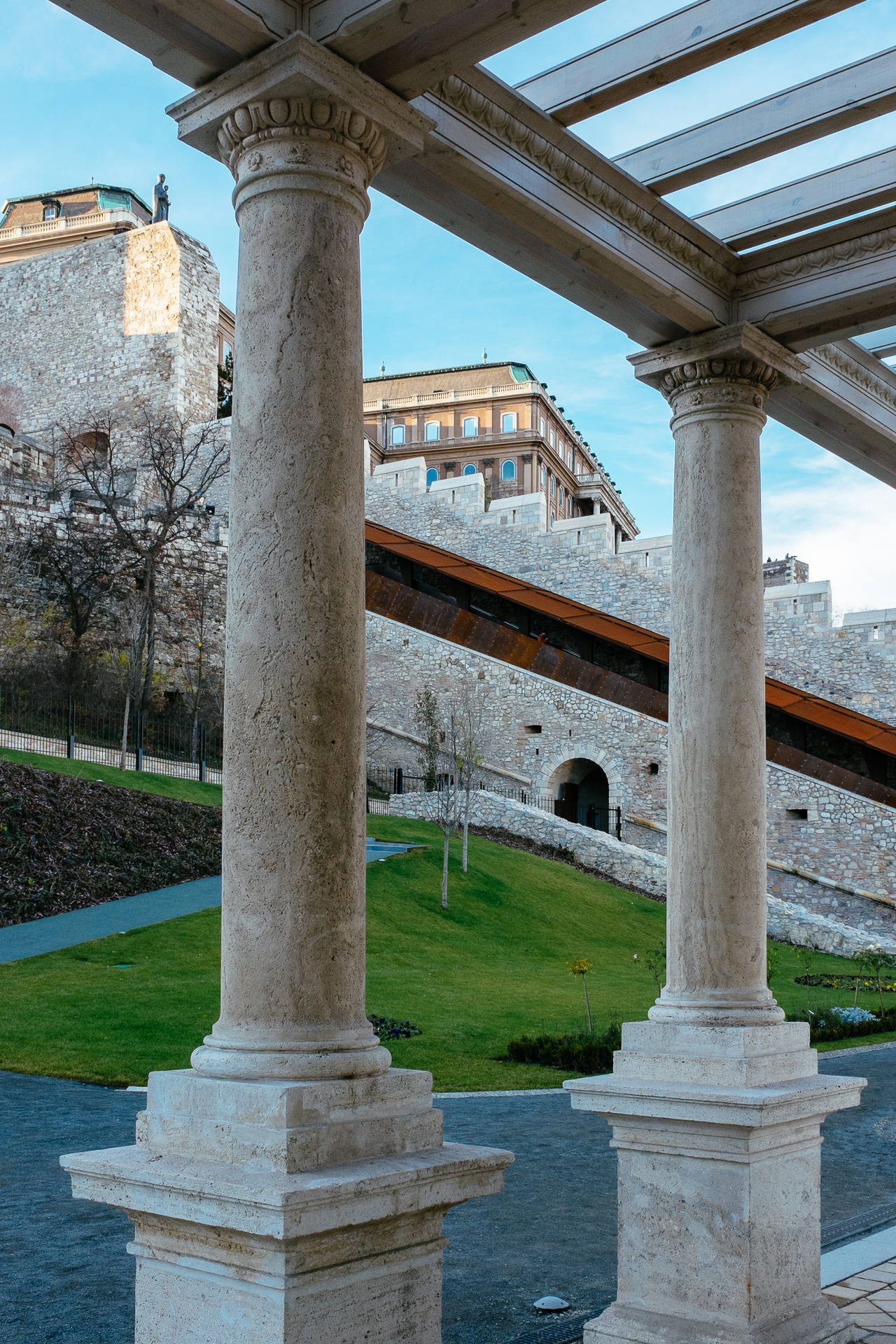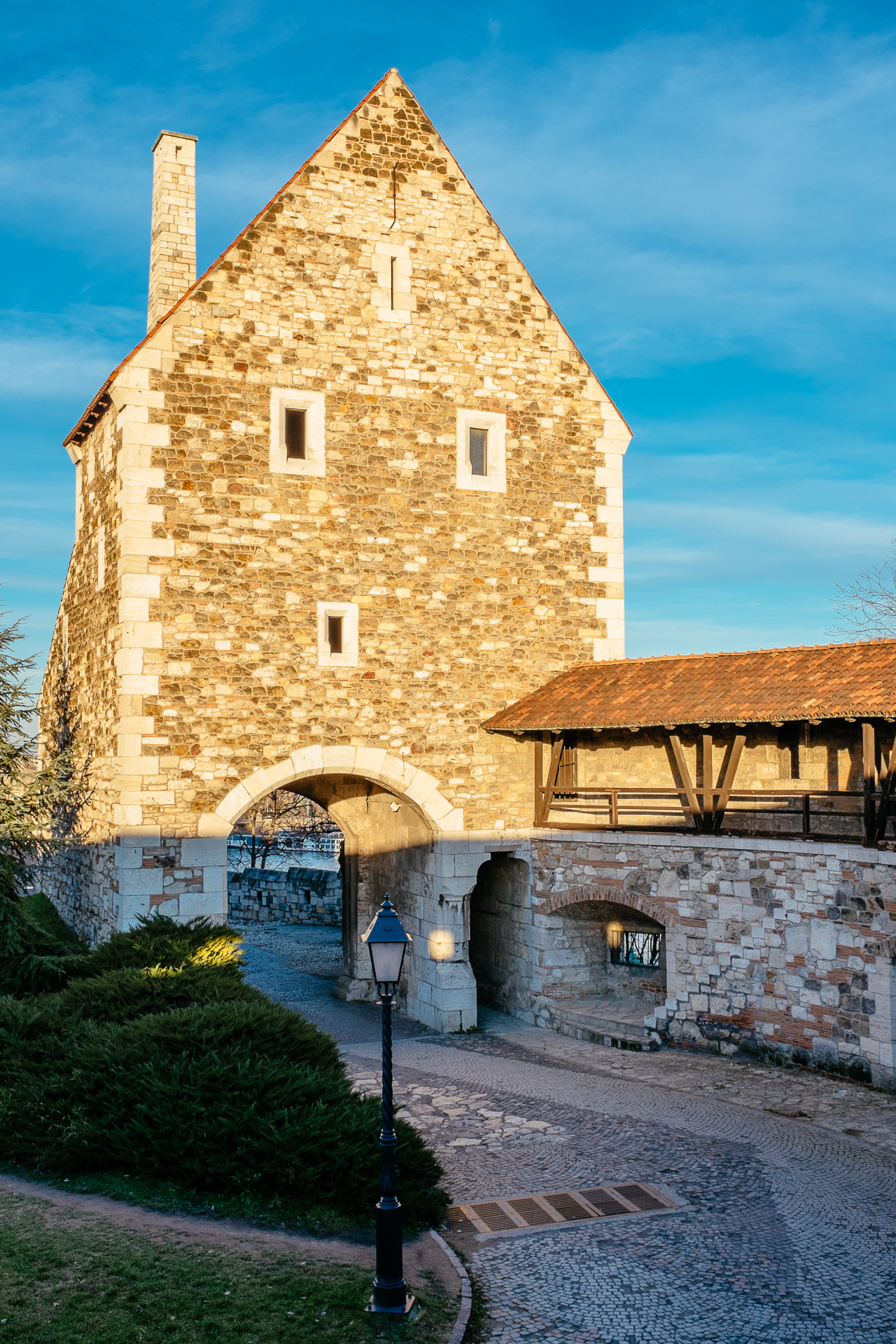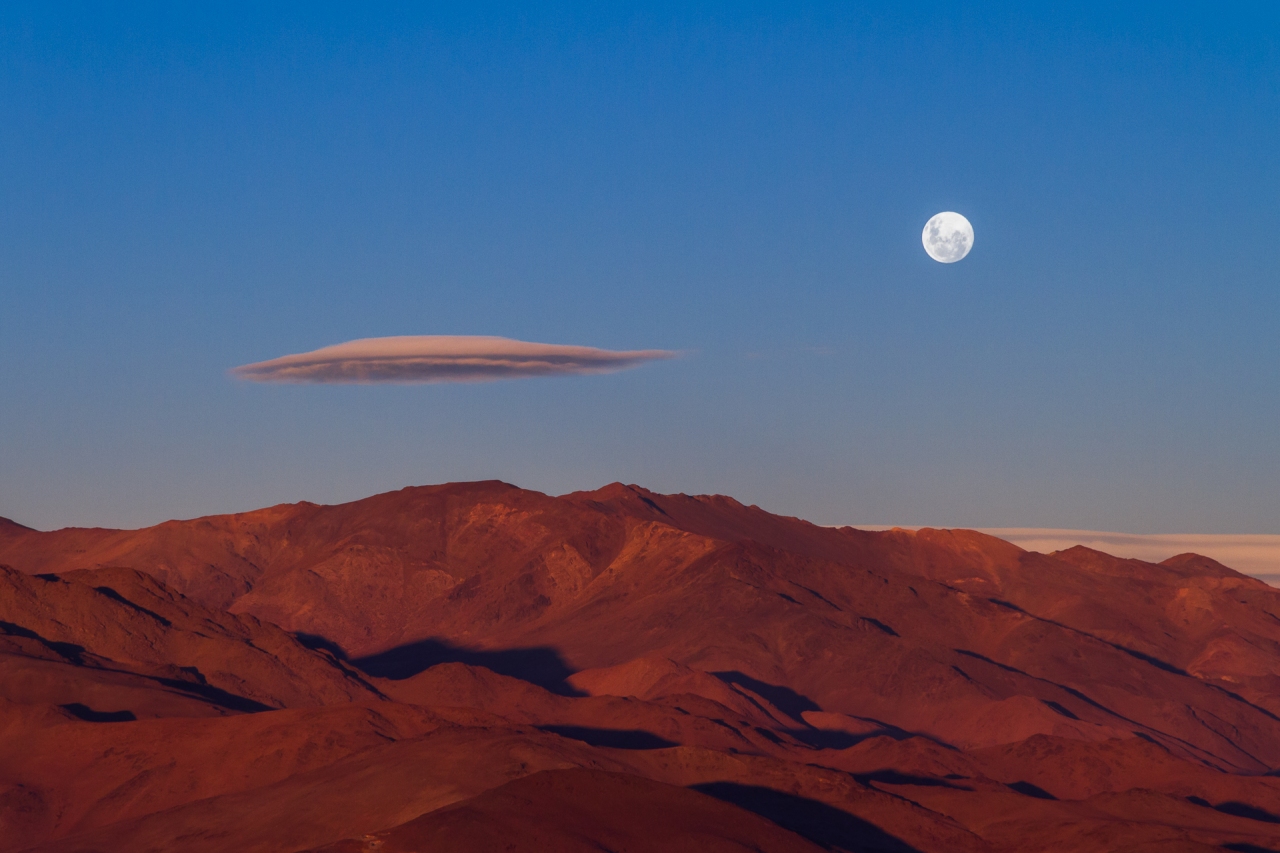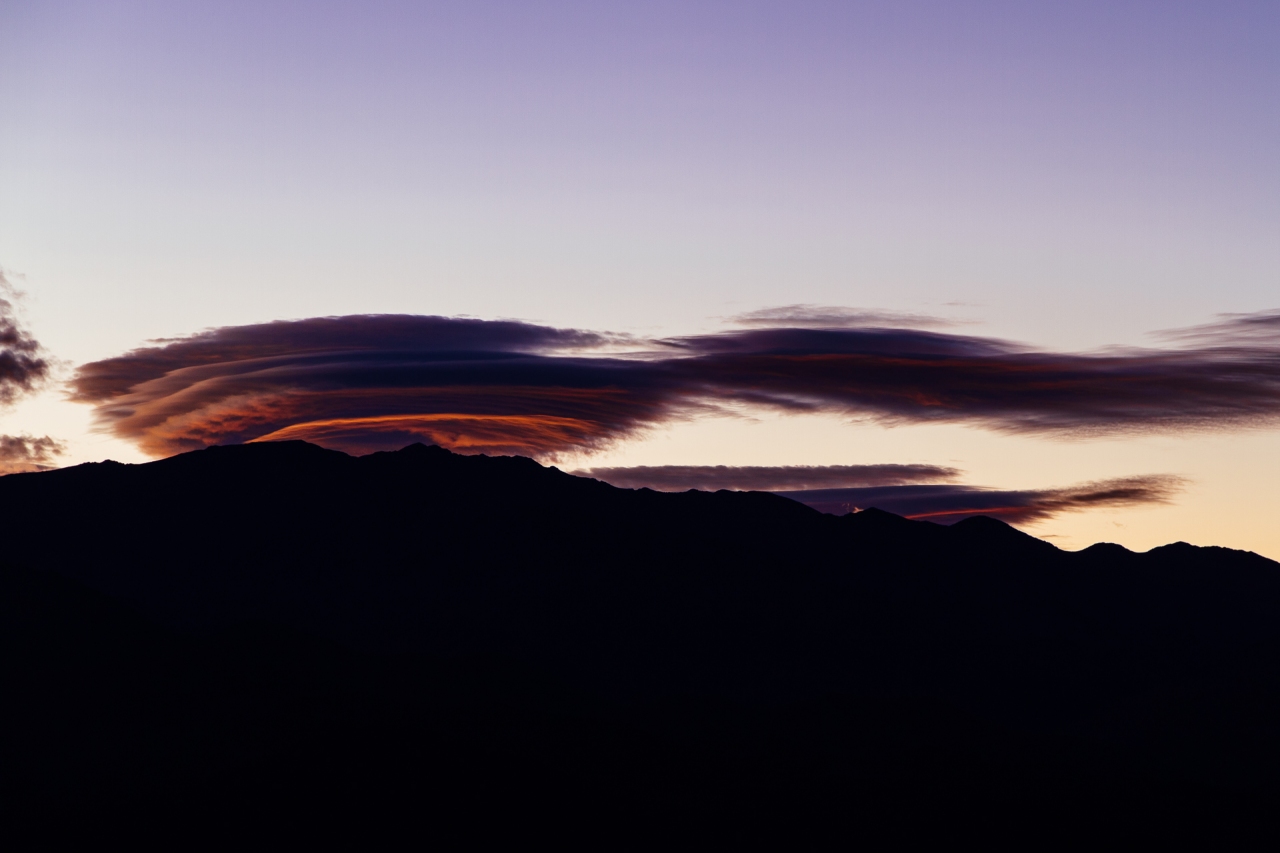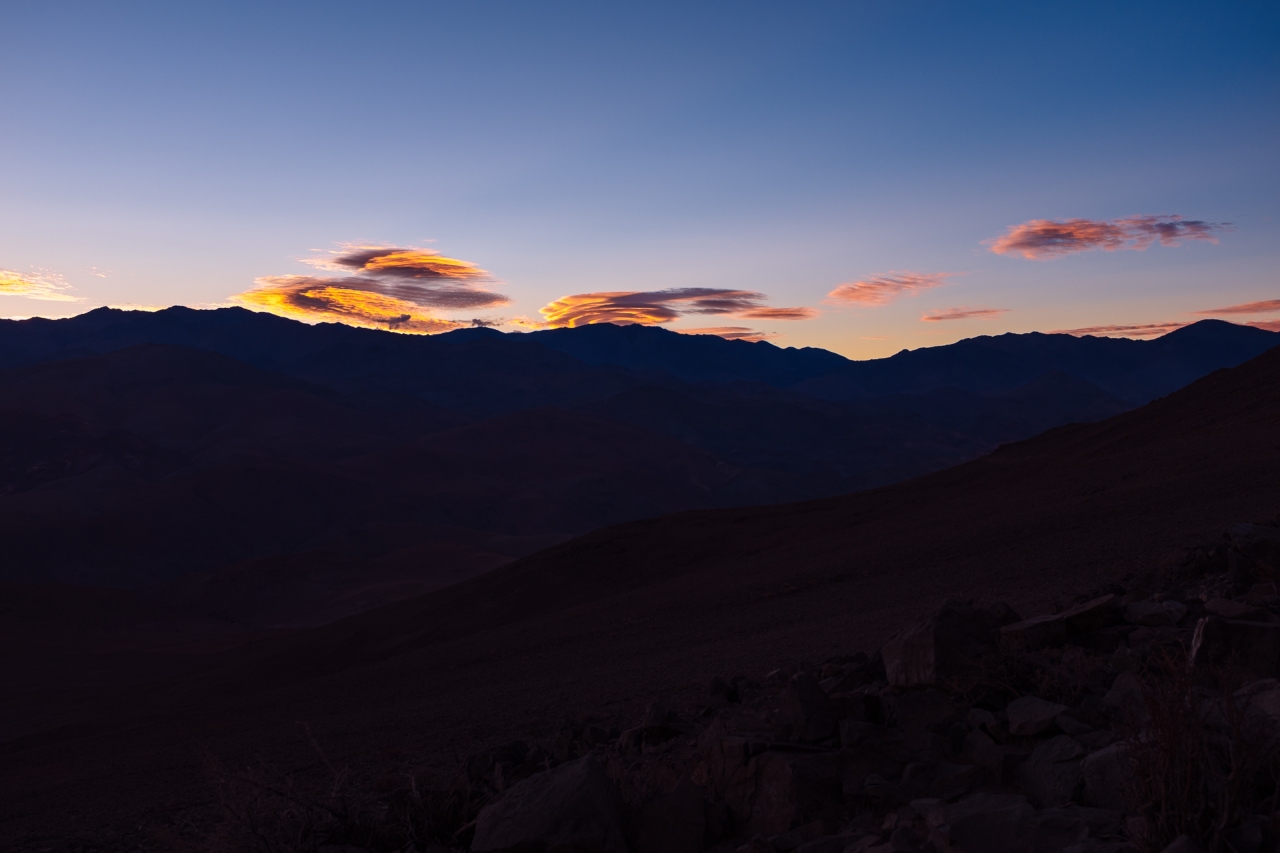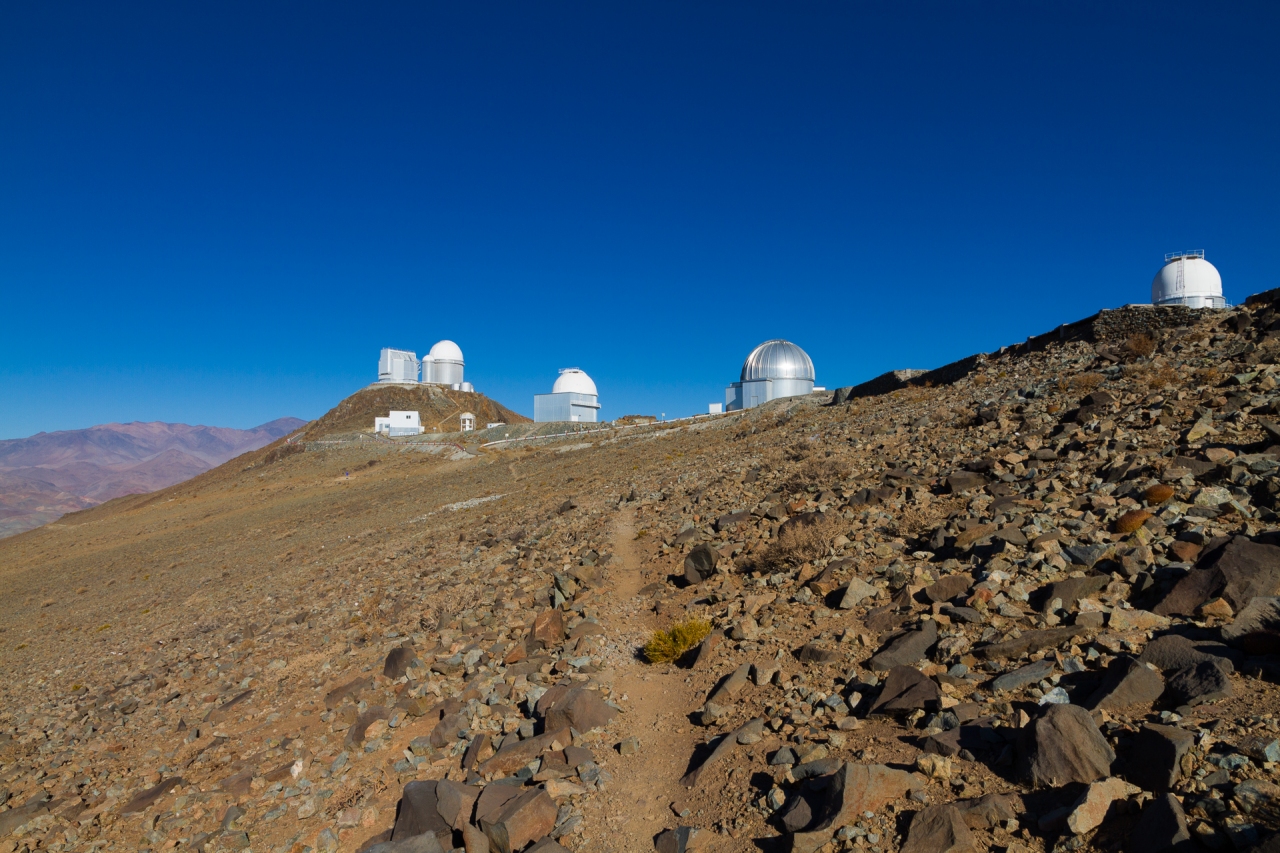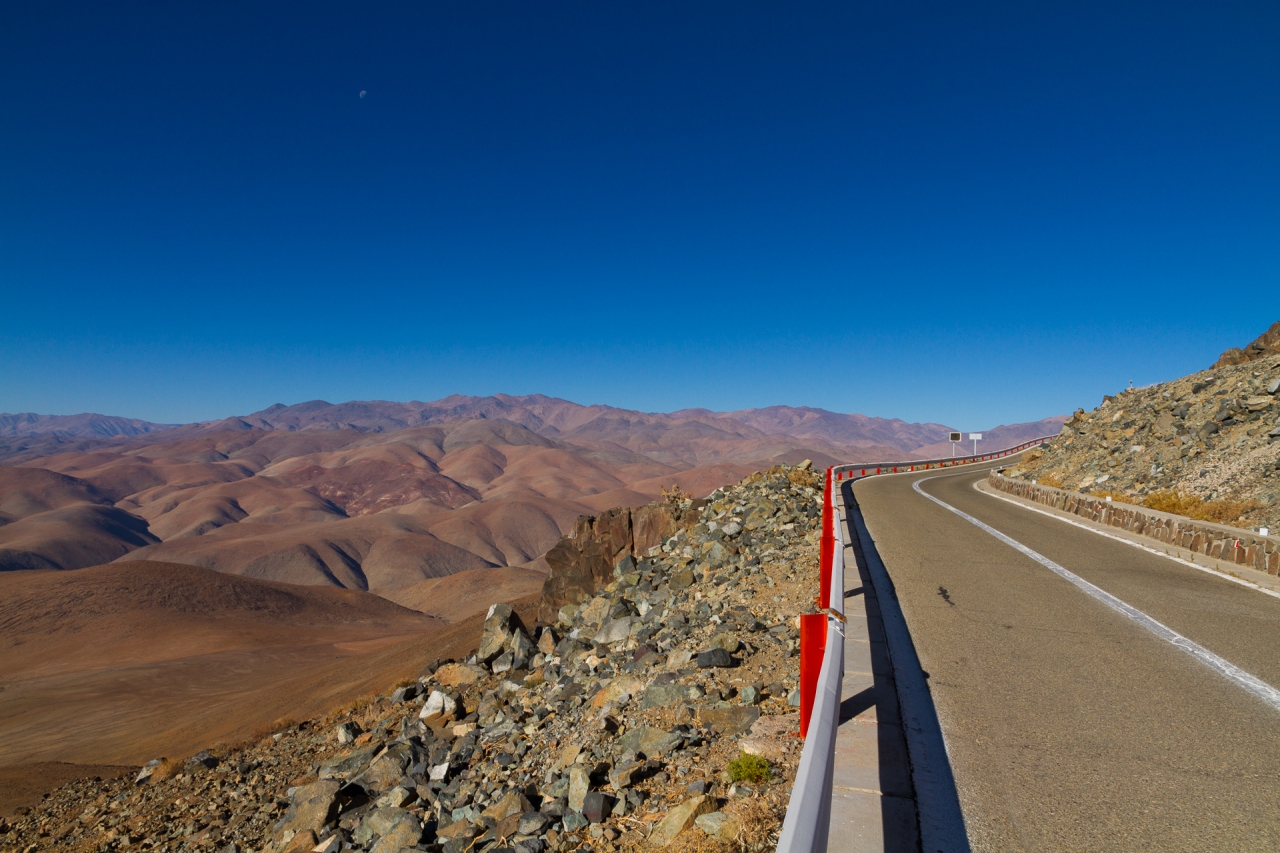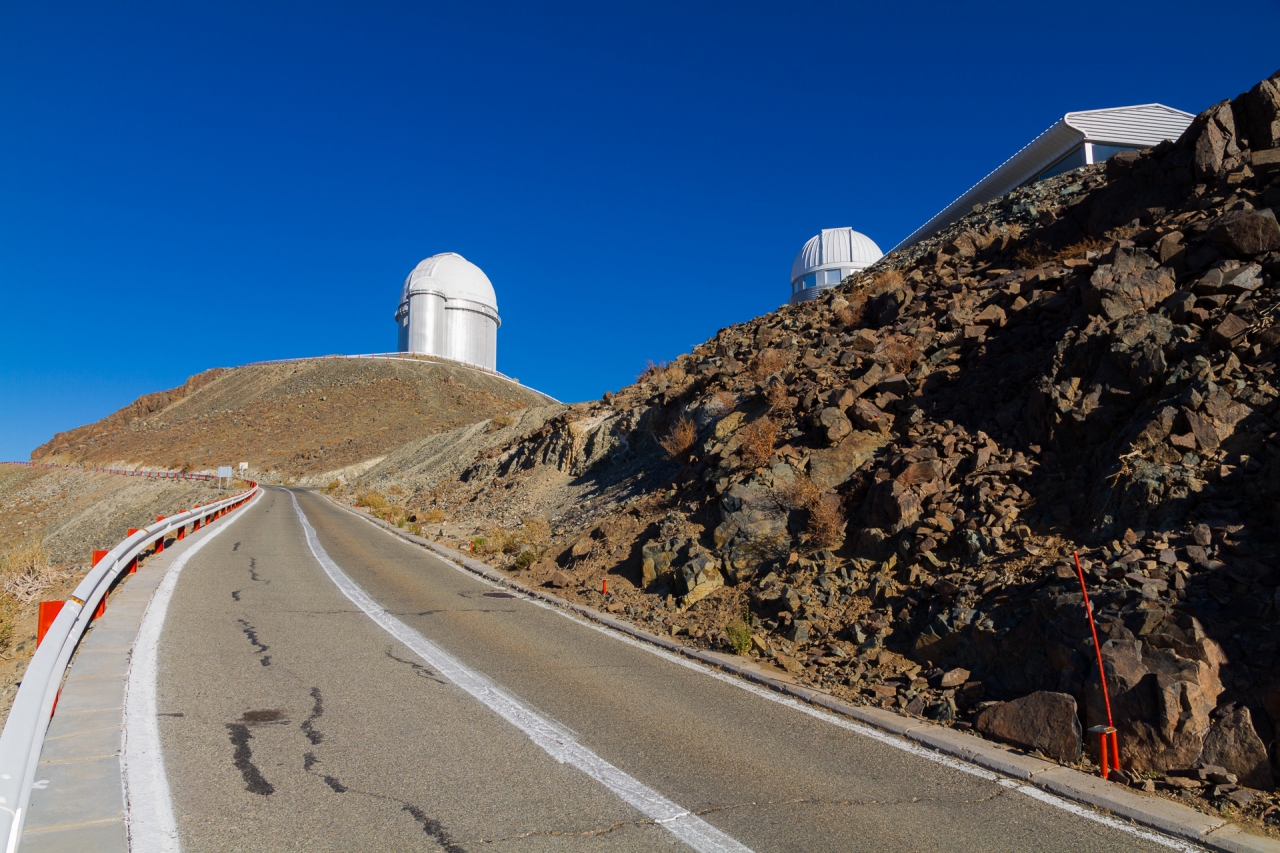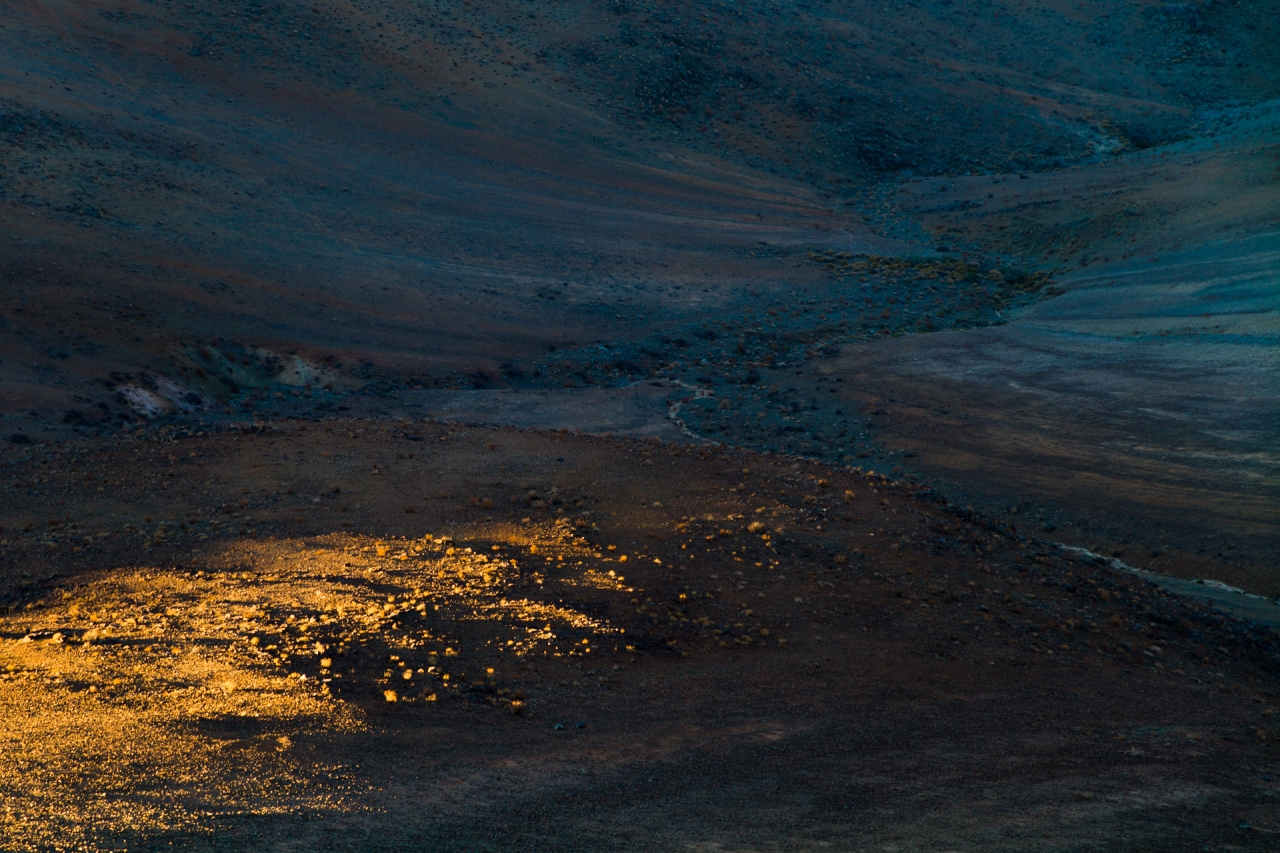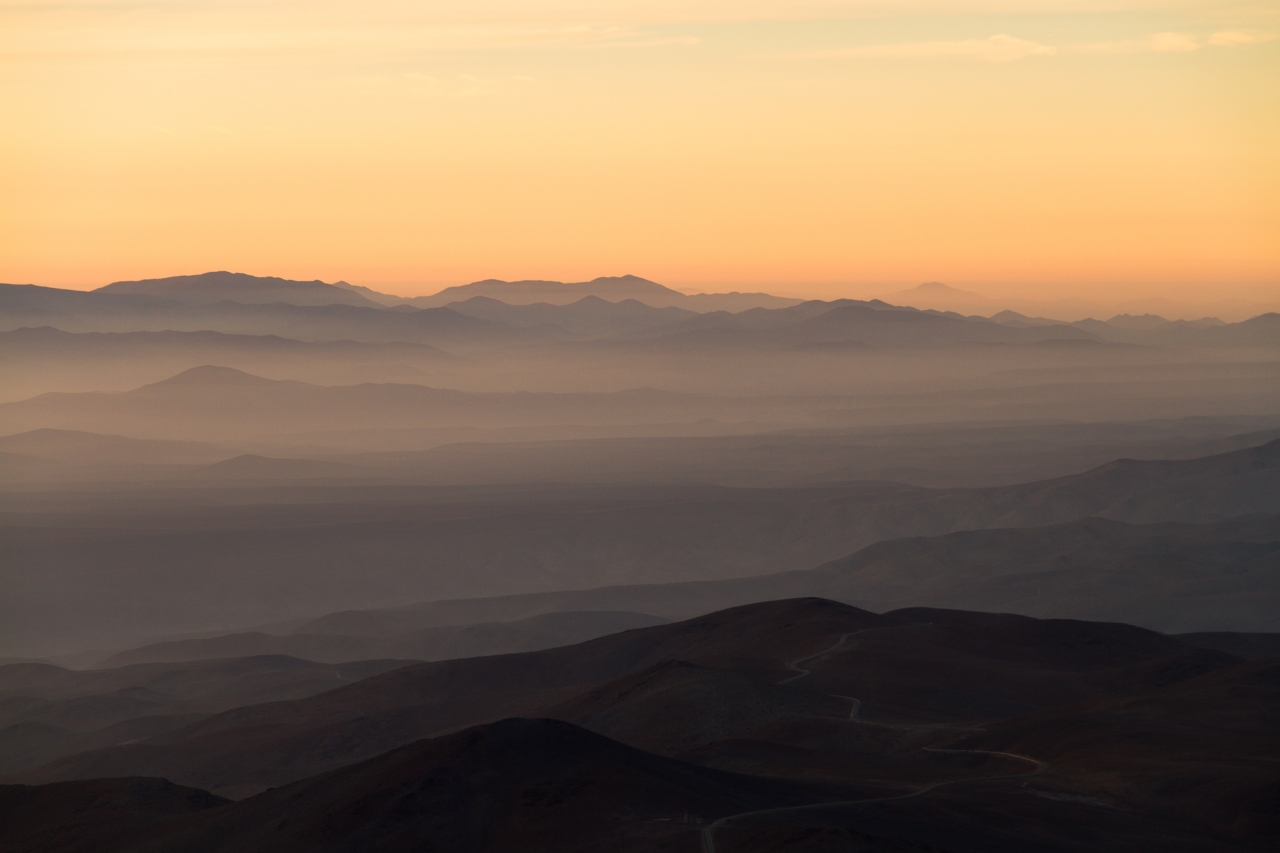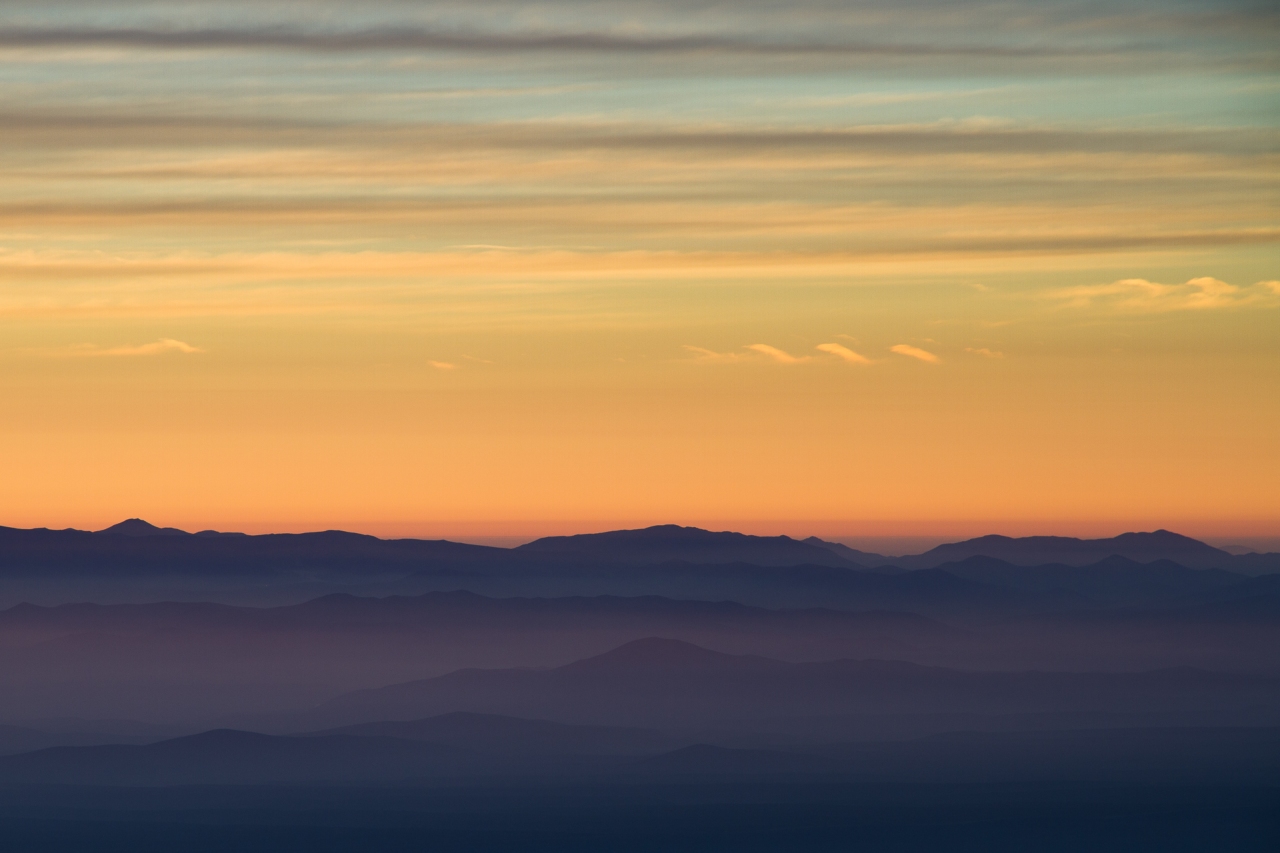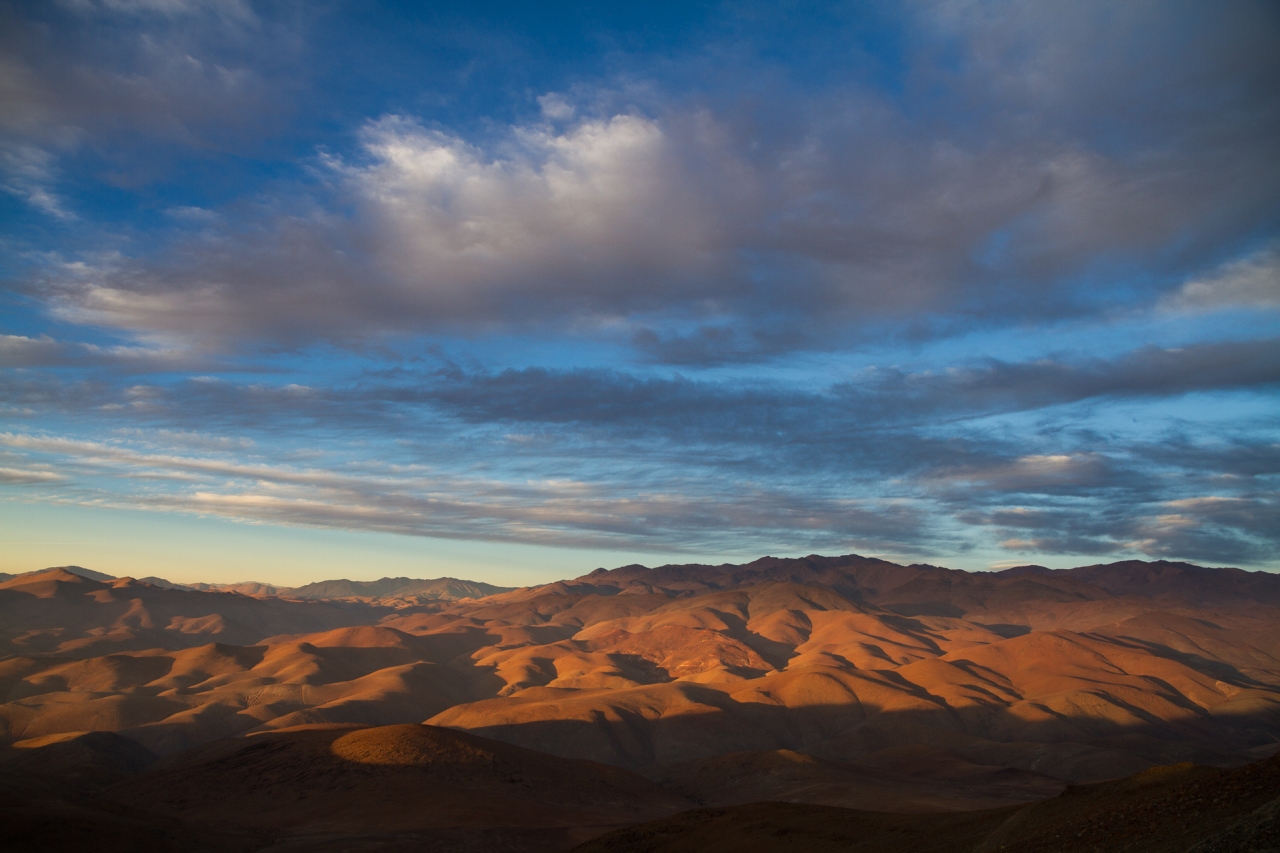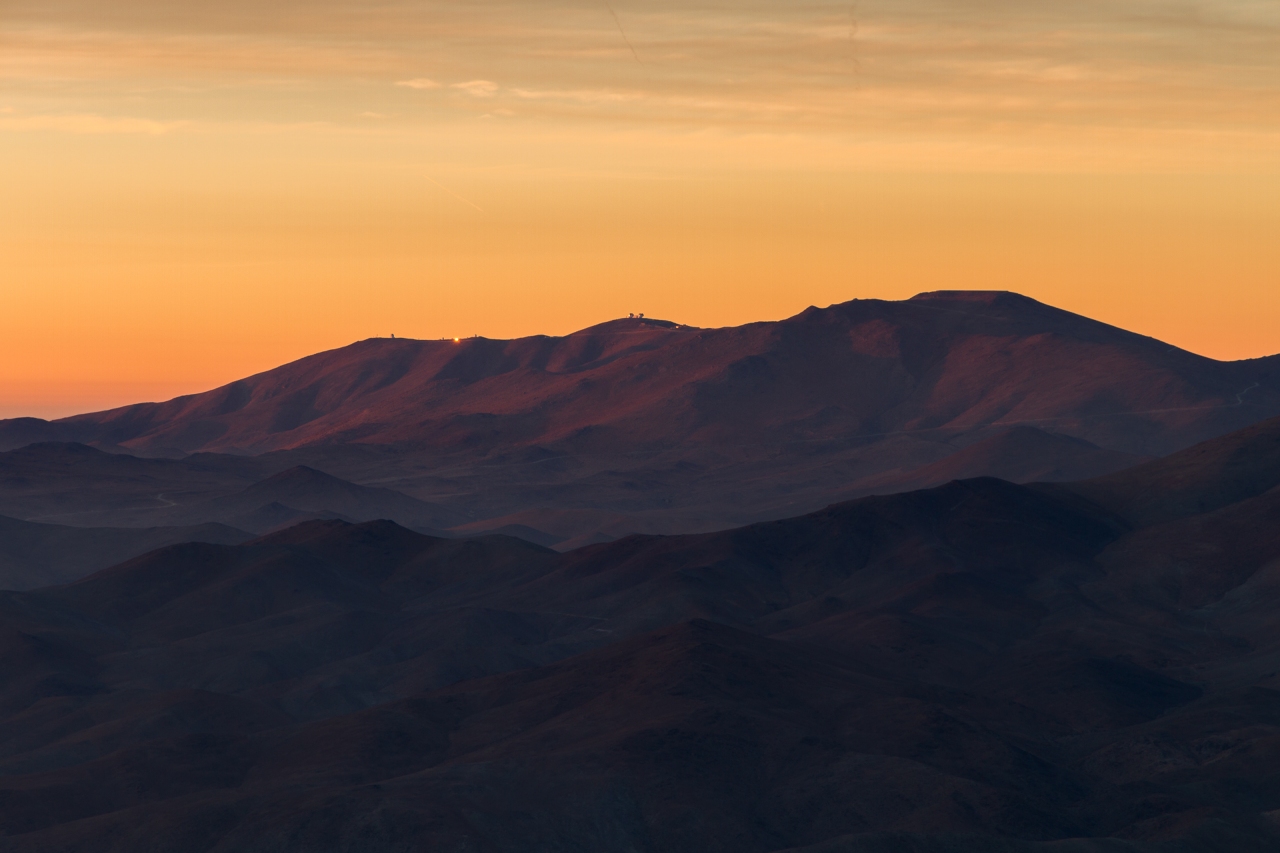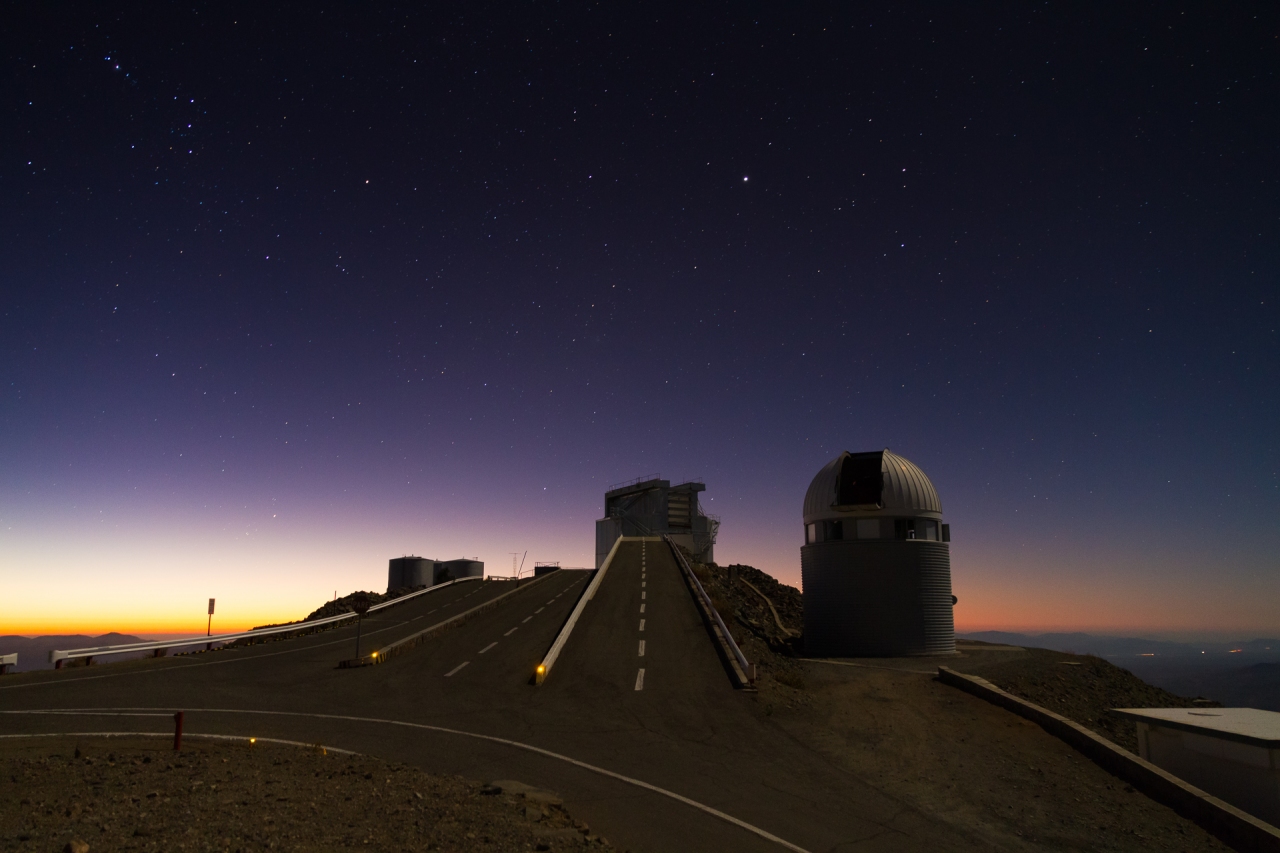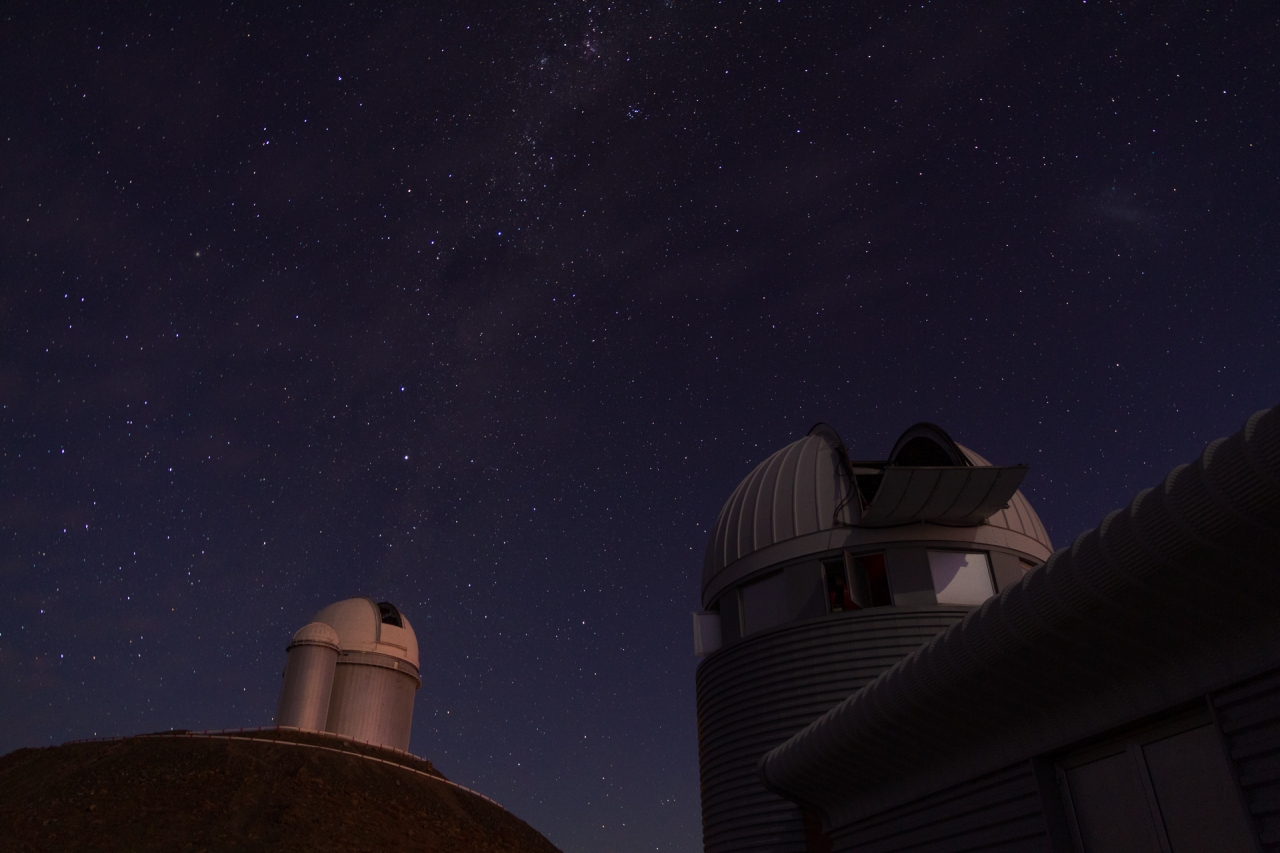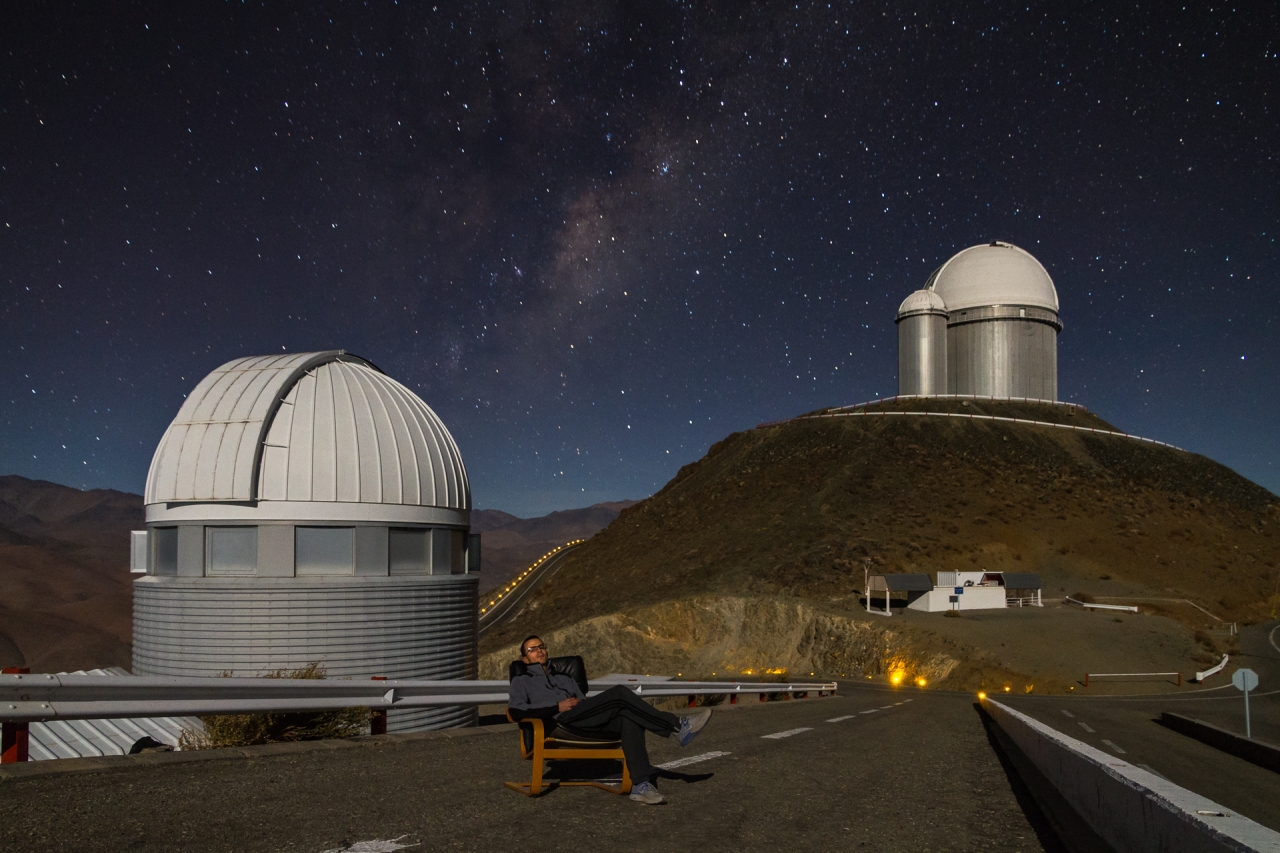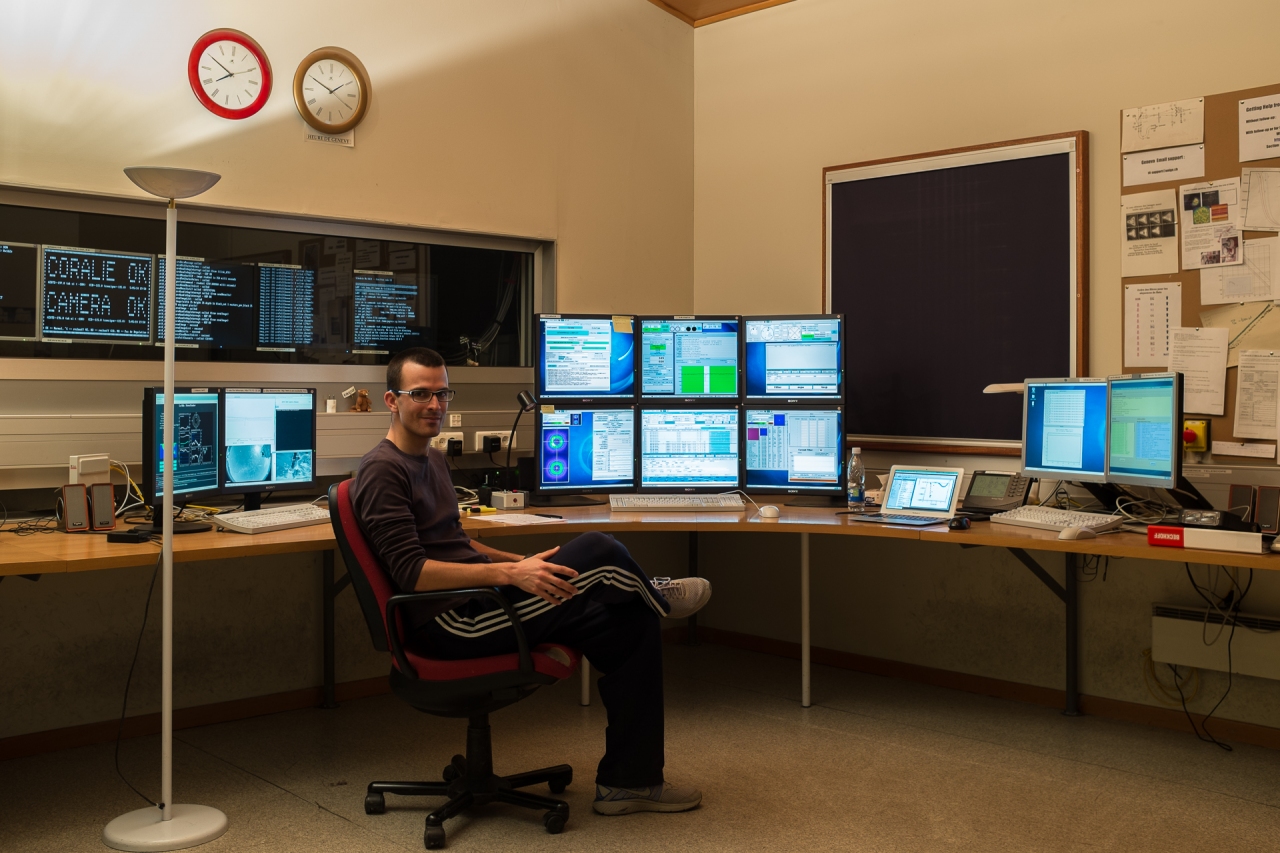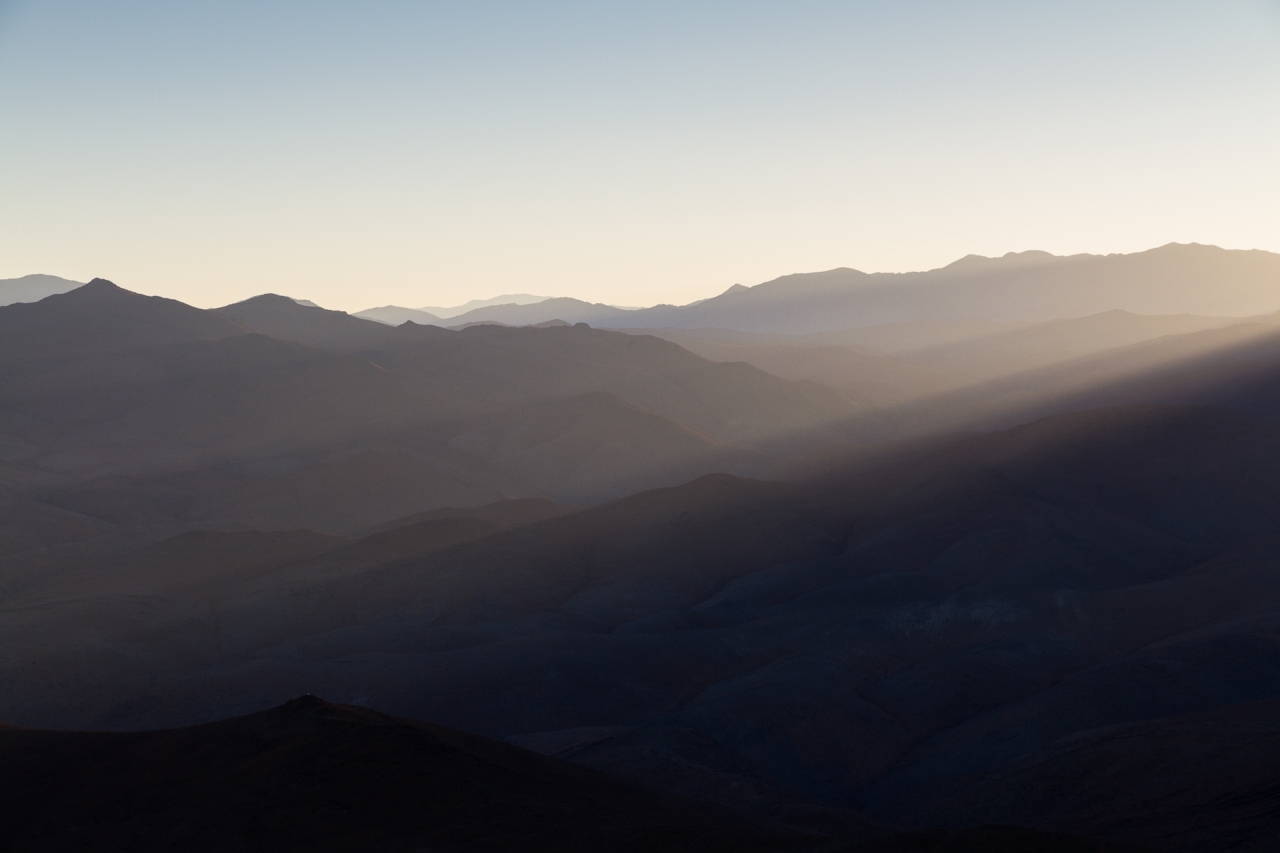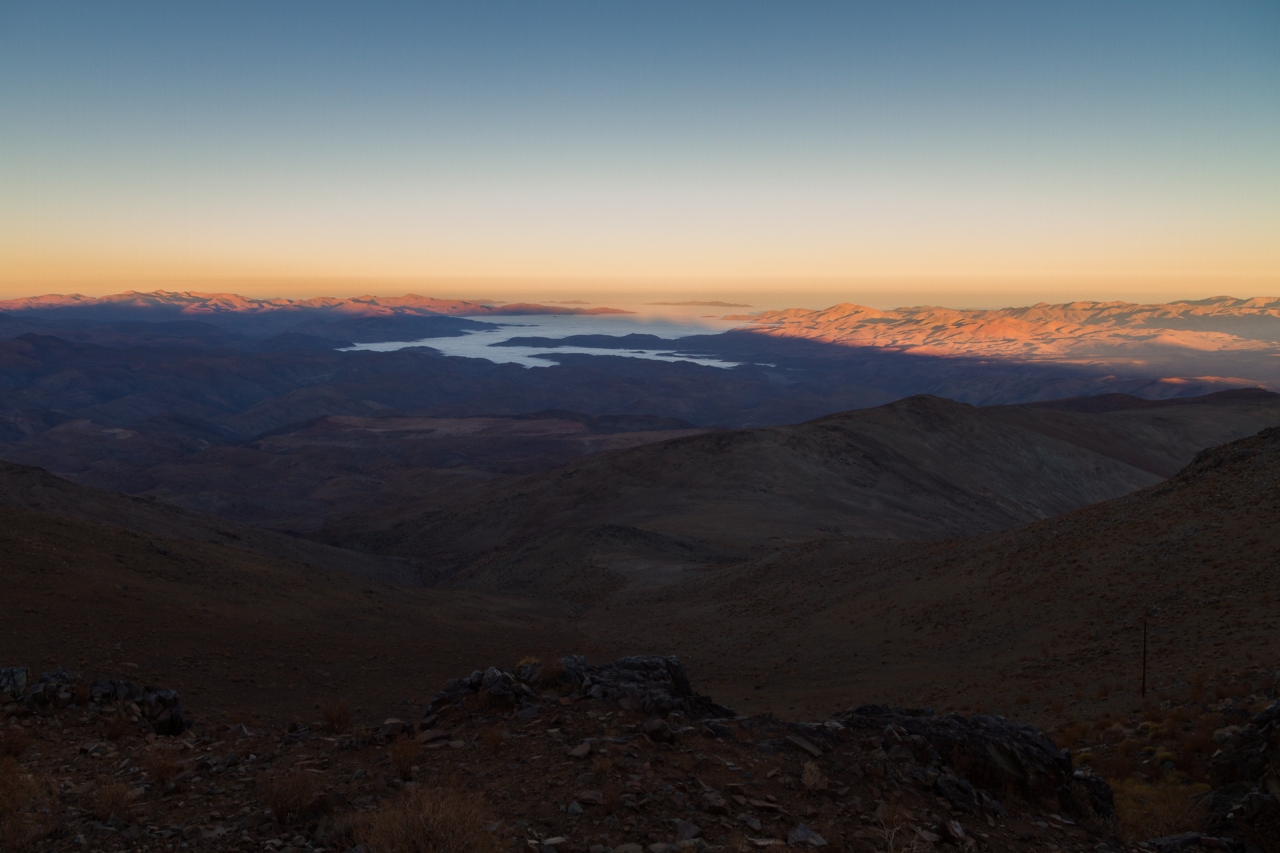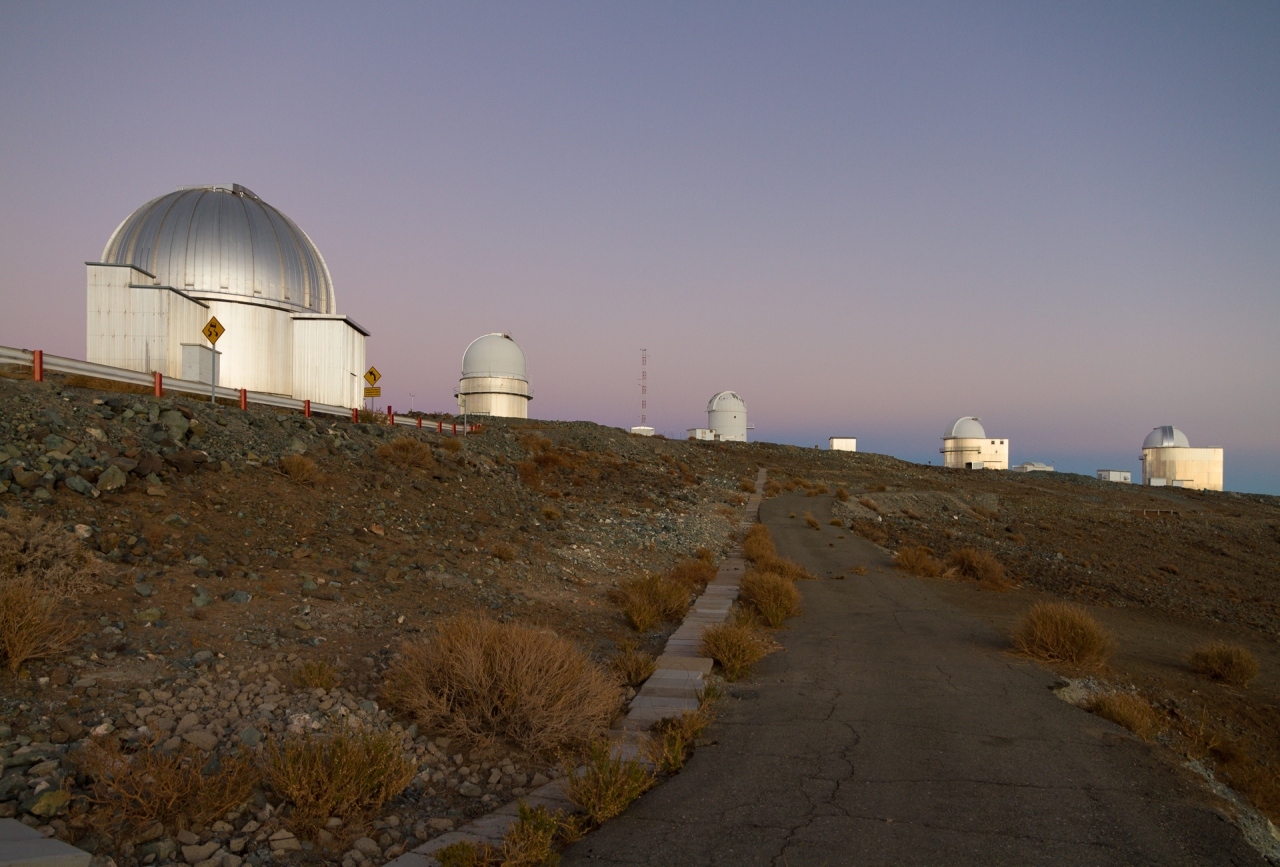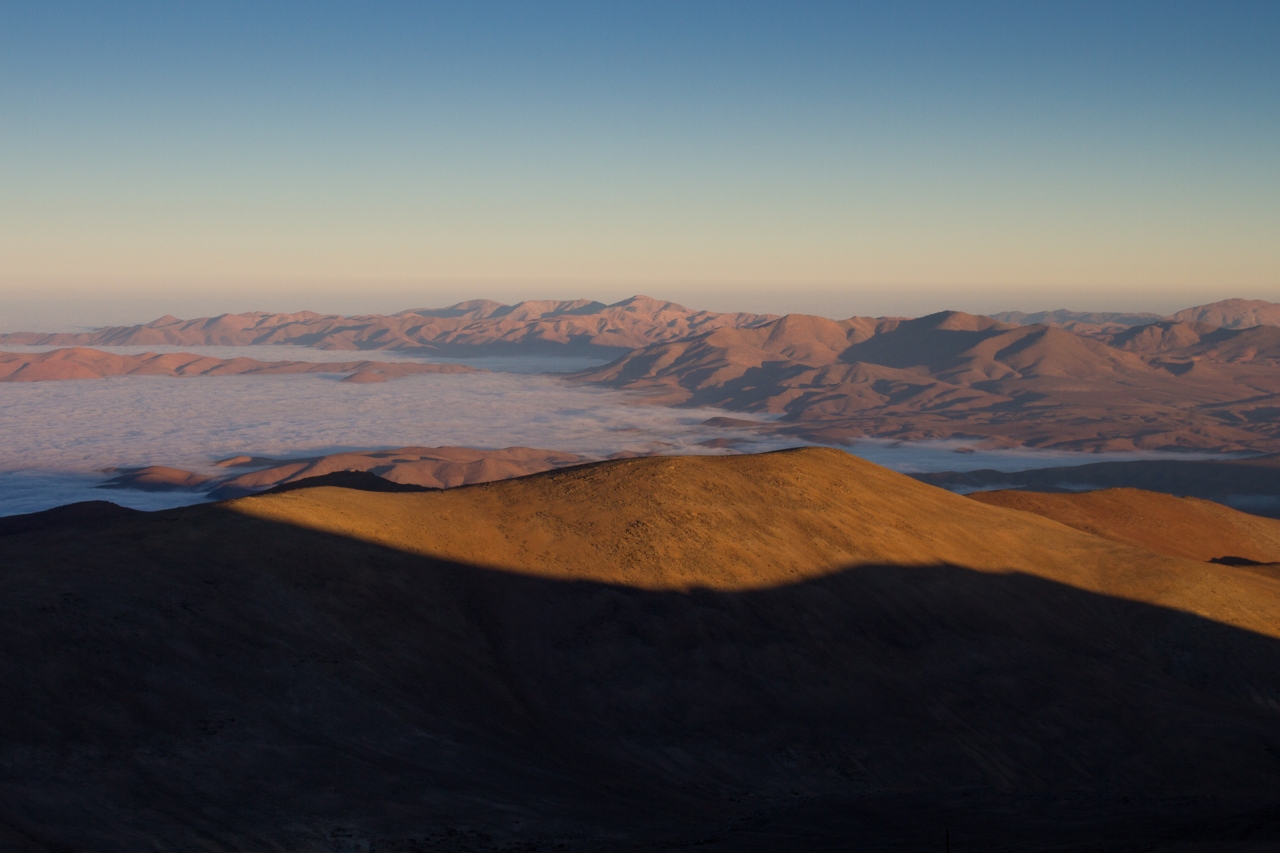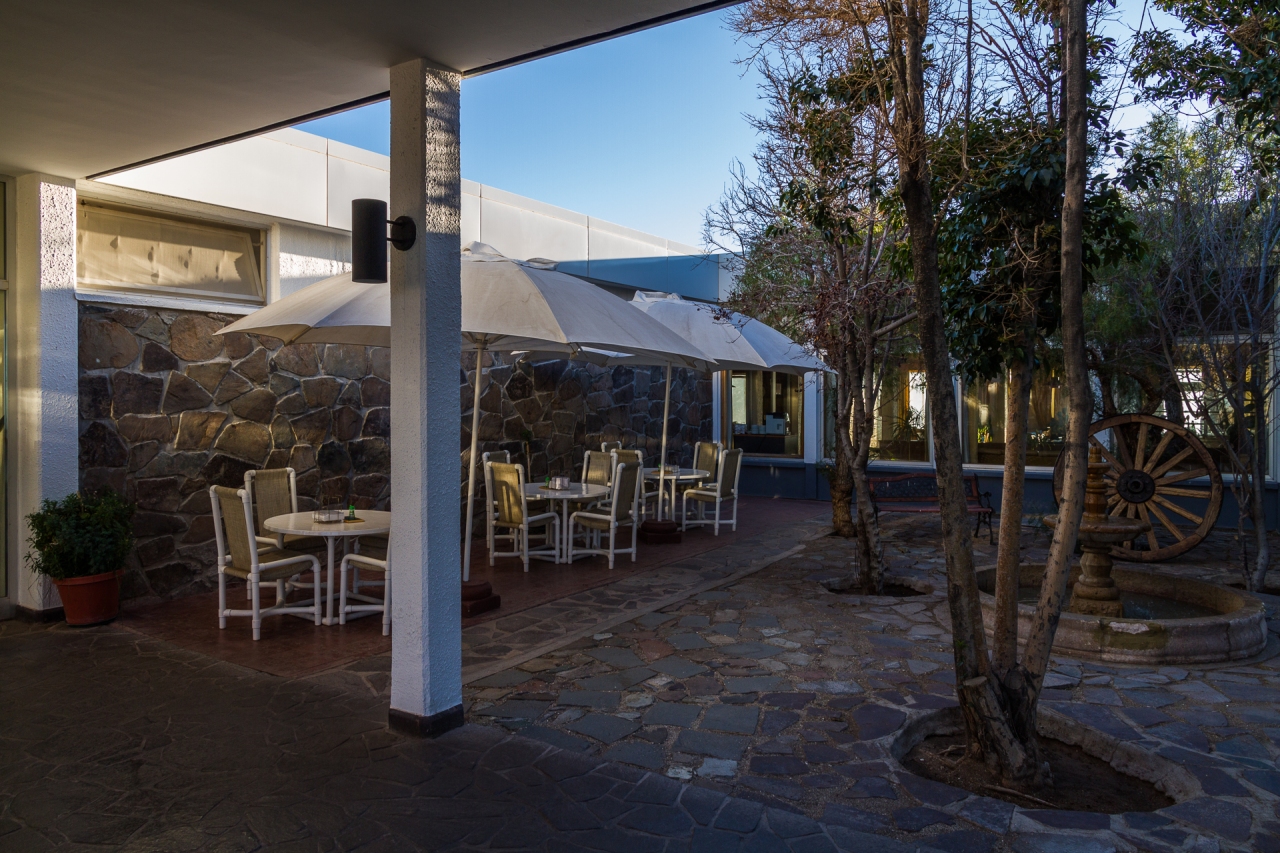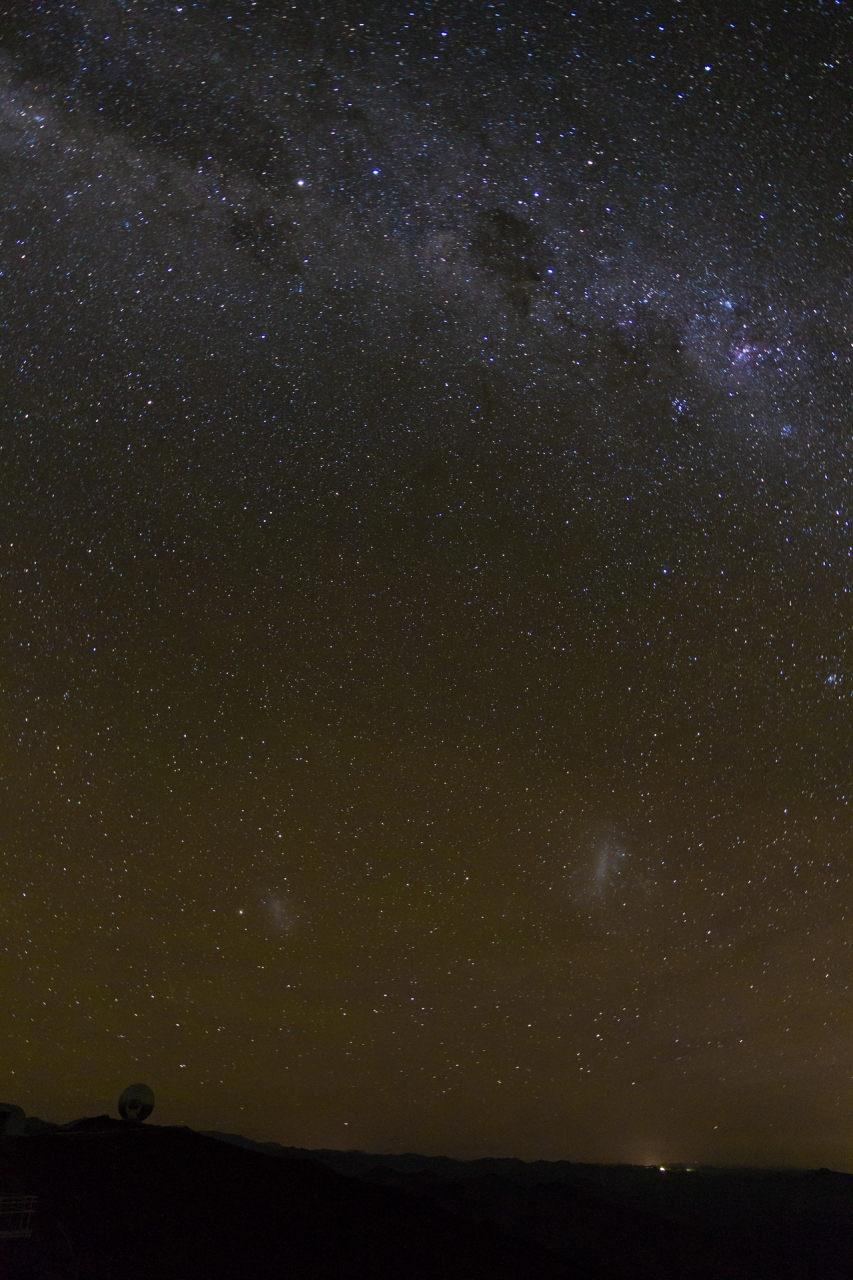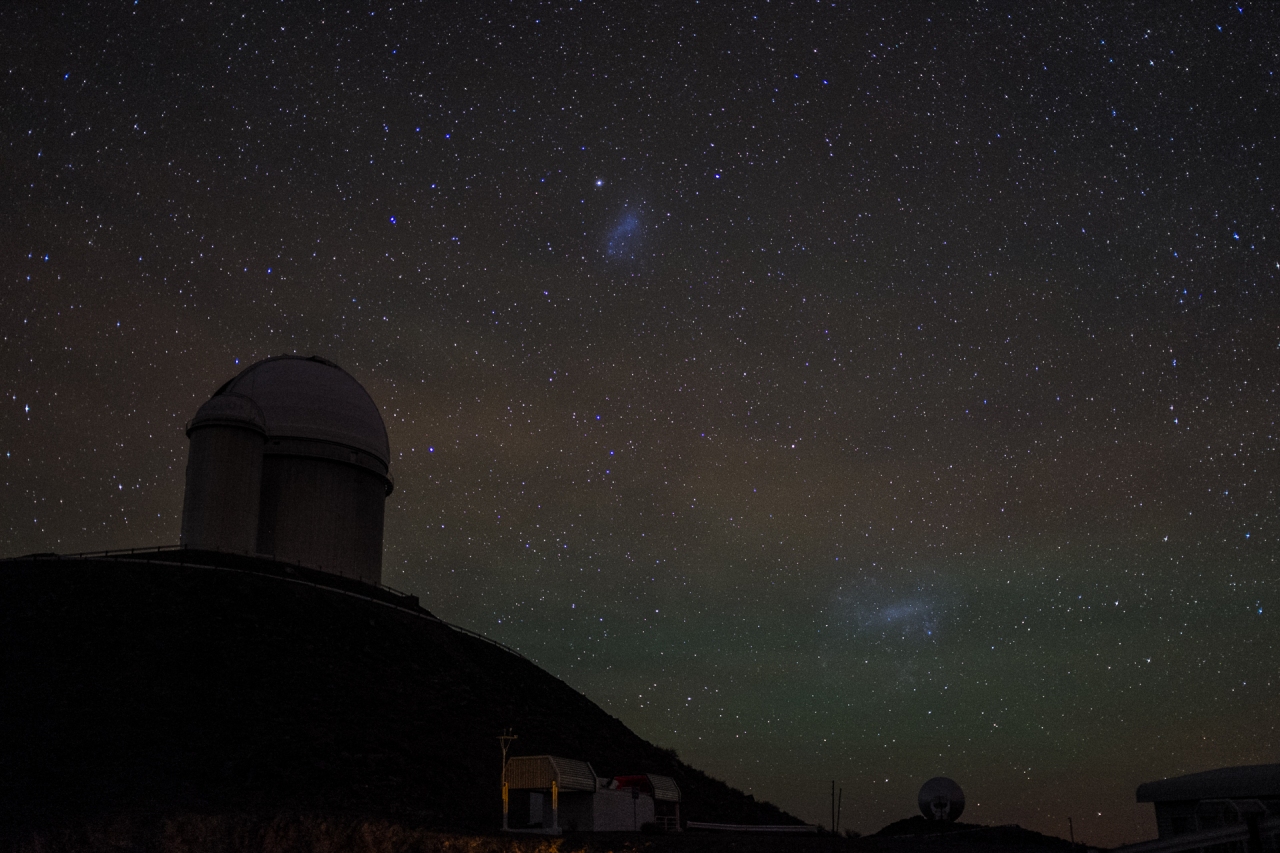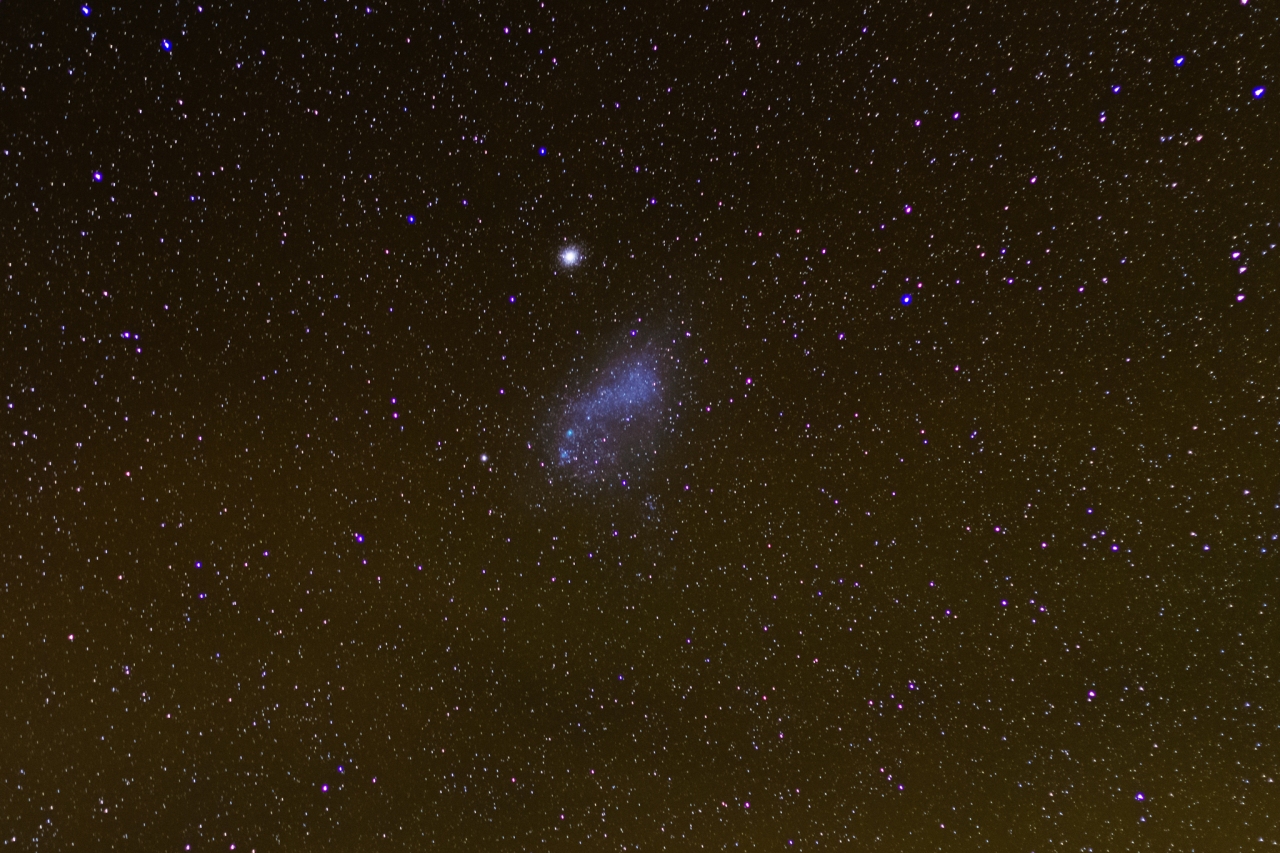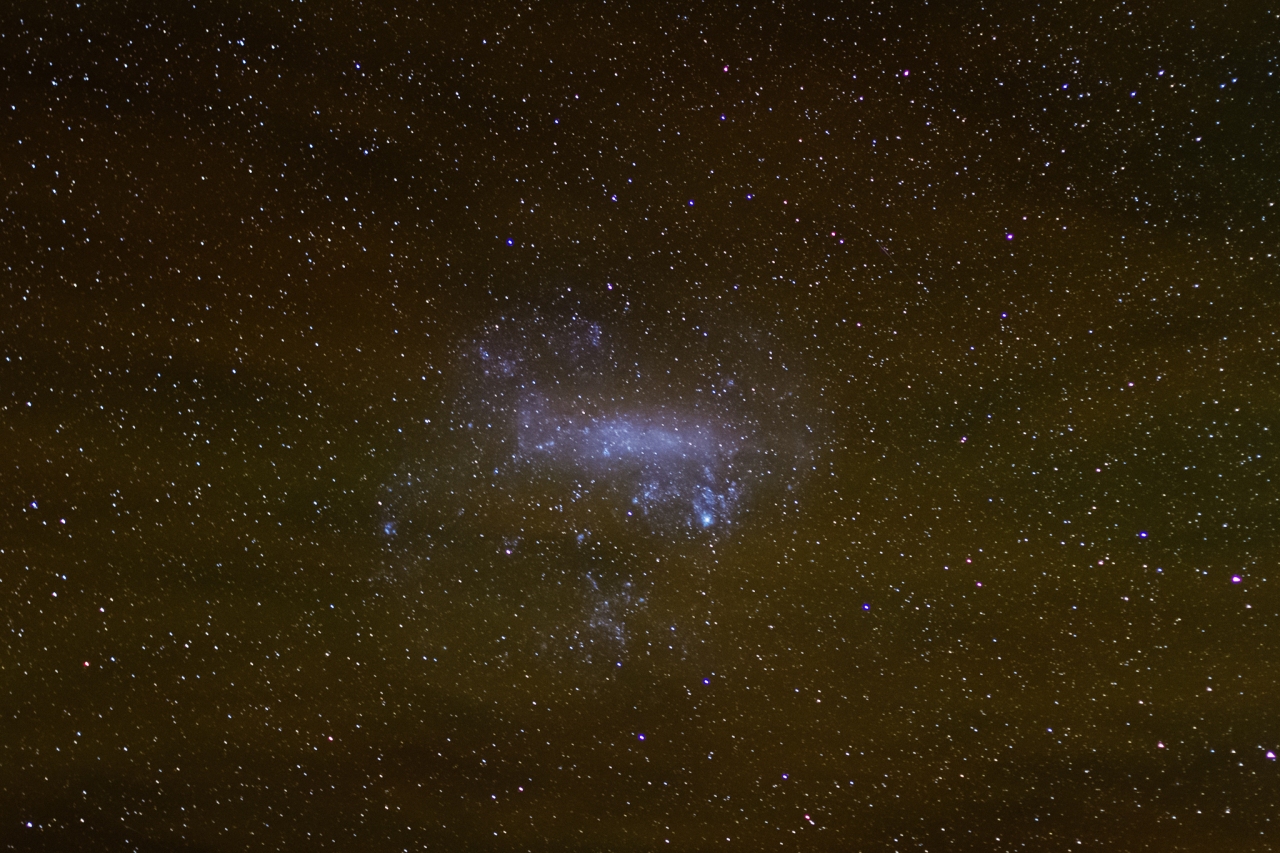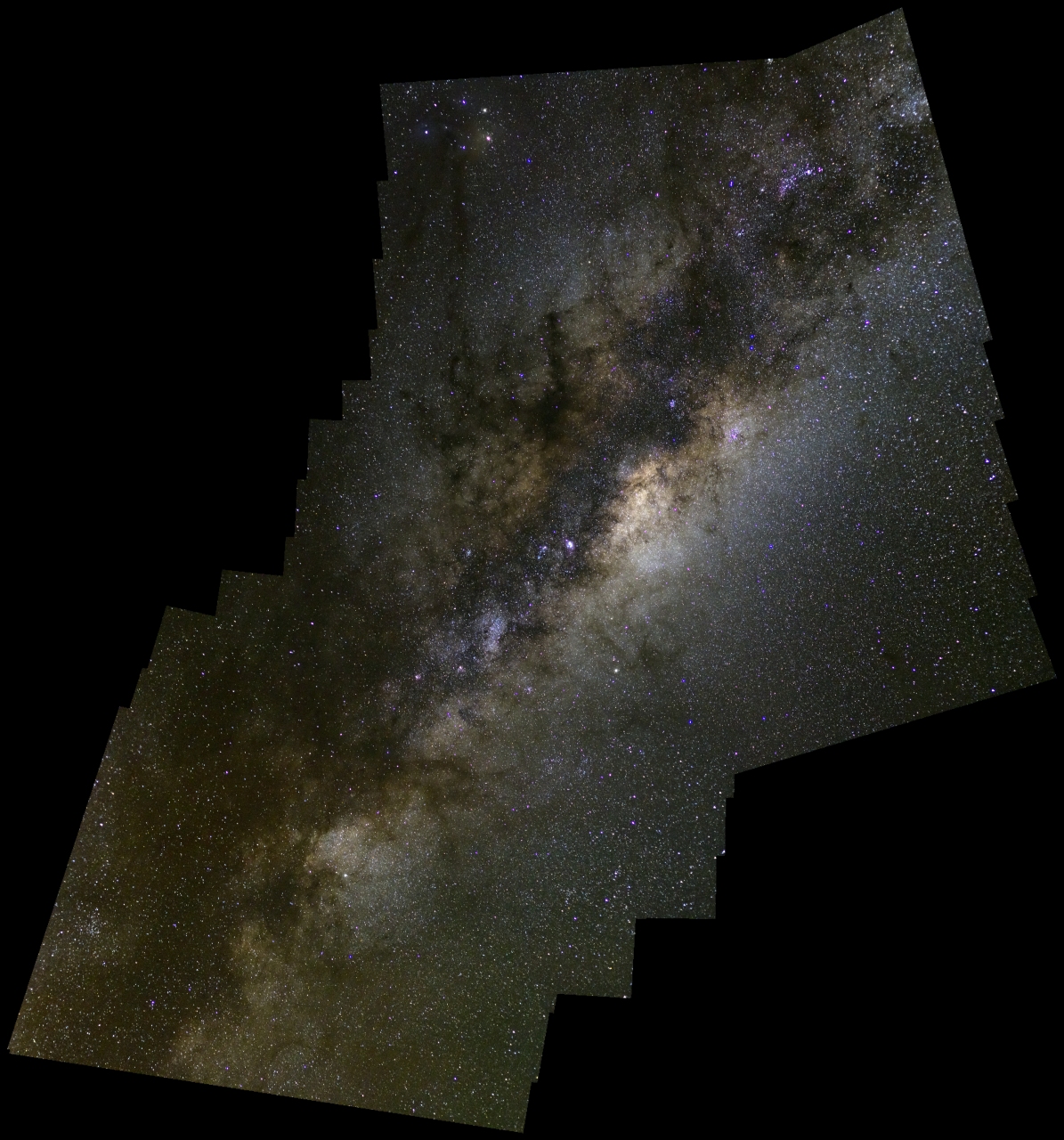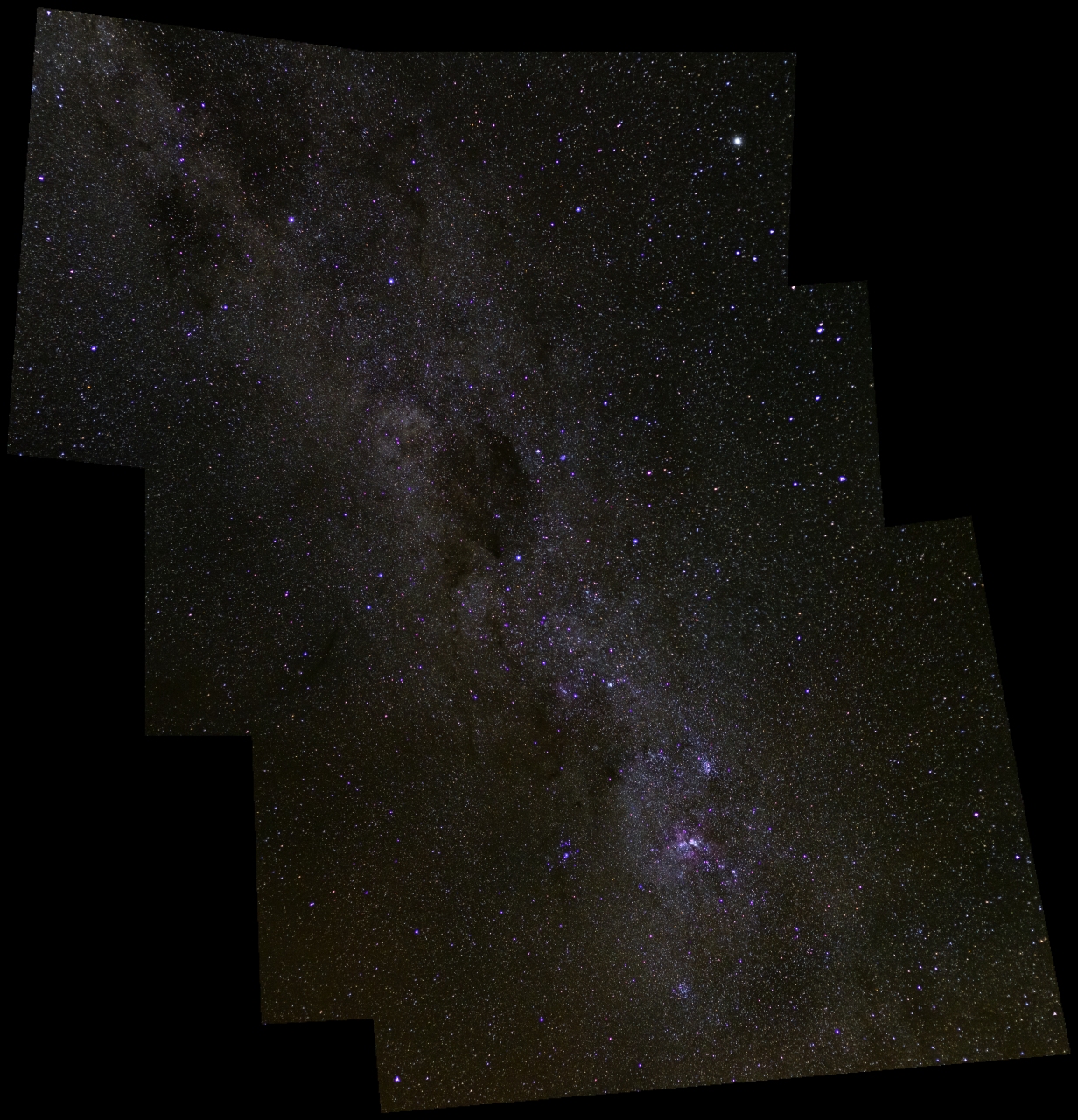After coming home from Italy, the PlayStation 4 took over the spot of my old and beloved PlayStation 3 in the living room (but we sold it for good money, so now someone else is still happy with it), and I enjoyed quite a few evenings playing with FIFA 15. (I also got Destiny for free, but I lost interest in that extremely quickly…) Since then, I won everything with Liverpool, playing maybe even better than they actually did last spring. And although I am a Liverpool supporter since something like 1998 (back then I really liked Owen on the World Cup, and as I figured he played for Liverpool, I chose them), this past season made me even pay for an official membership :) Then Suarez bit out a piece of our heart and left, but luckily the team is back in winning form after a miserable autumn by now, so all is good. I especially like Coutinho these days, but the team is filled with young talents, so the future seems bright. Anyway, probably none of you is interested in this, so…
In October I went to La Palma to be the support astronomer of our Master students at the Mercator Telescope. It’s not only a teaching duty for me, but something I really like to do. I have now 89 nights behind my back at this telescope, so I am sure I can say I am a Mercator-expert! Being at the telescope also meant playing a lot of Kerbal Space Program (if I had more time I would totally write another review of this game), and watching the LEGO movie again. (Everything is awesome!!!)
In the beginning of November we spent a long weekend in Spa, but not in the spa. We went hiking (Day 1 and Day 2) during the day through the beautiful forest and the swampy grasslands of the Fens, and then went for nice dinners (sushi, burgers, and local specialities) in the city on the evenings. It was a great weekend. And even though I accidentally booked the tickets to Interstellar also for the very same weekend, we got to see it at another time. And another one. What a great movie! Not much later we had a delicious brunch in Leuven at Zoff (which was still a present for my PhD). Then already almost in the middle of November we went to Villers-la-Ville to visit the ruin abbey, and since it was something like 20°C, we had a nice time walking around and taking pictures.
In December – as usual – we went to Budapest. We finally managed to check out the restored Várkert Bazár, we had a very nice thunderstorm-lit dinner in Zona (and lots of kürtőskalács), and also spent some lazy days (filled with presents and eating) at my parents’.
Then from the moment we arrived back to Belgium till the very end of January (except for New Year’s Eve, which we spent watching movies, and eating great Asian food and equally good unhealthy snacks), most of our evenings and weekends were devoted to Dragon Age: Inquisition. It was the PS4 game I bought especially because I thought Clio would maybe like watching it, while I was not even sure I would like it, but then, from the first moments until the end credits 95 hours later, we could barely stop playing with it (even Clio started her own story, but then she said watching it was better). It was the game of the year for me (and for other people too), no doubt. I even have a few videos on YouTube about killing the dragons! It was so good, that I almost forgot that we had also completed 50% of Far Cry 4 before that. But the other half is still waiting for me to finish…
In the meantime I also kept going to my Dutch classes, since even though I don’t really like spending my evenings there, it is very useful. On Level 3 I got 84%, and I can talk with Clio quite well in Dutch. (Her Hungarian is also getting better and better, especially given how much more difficult that is. She is surprisingly good!)
The post will be updated with pictures in 48 hours.
